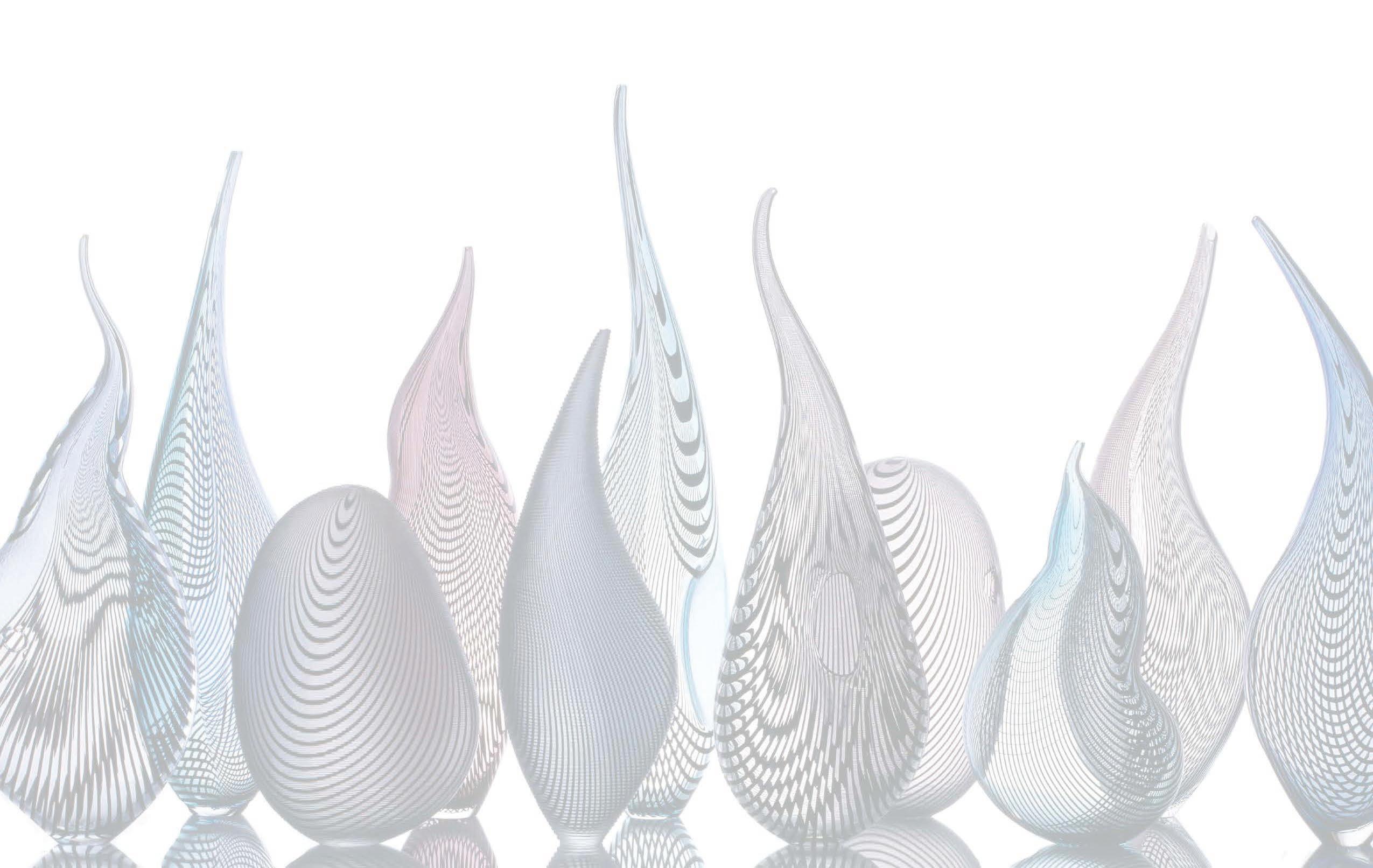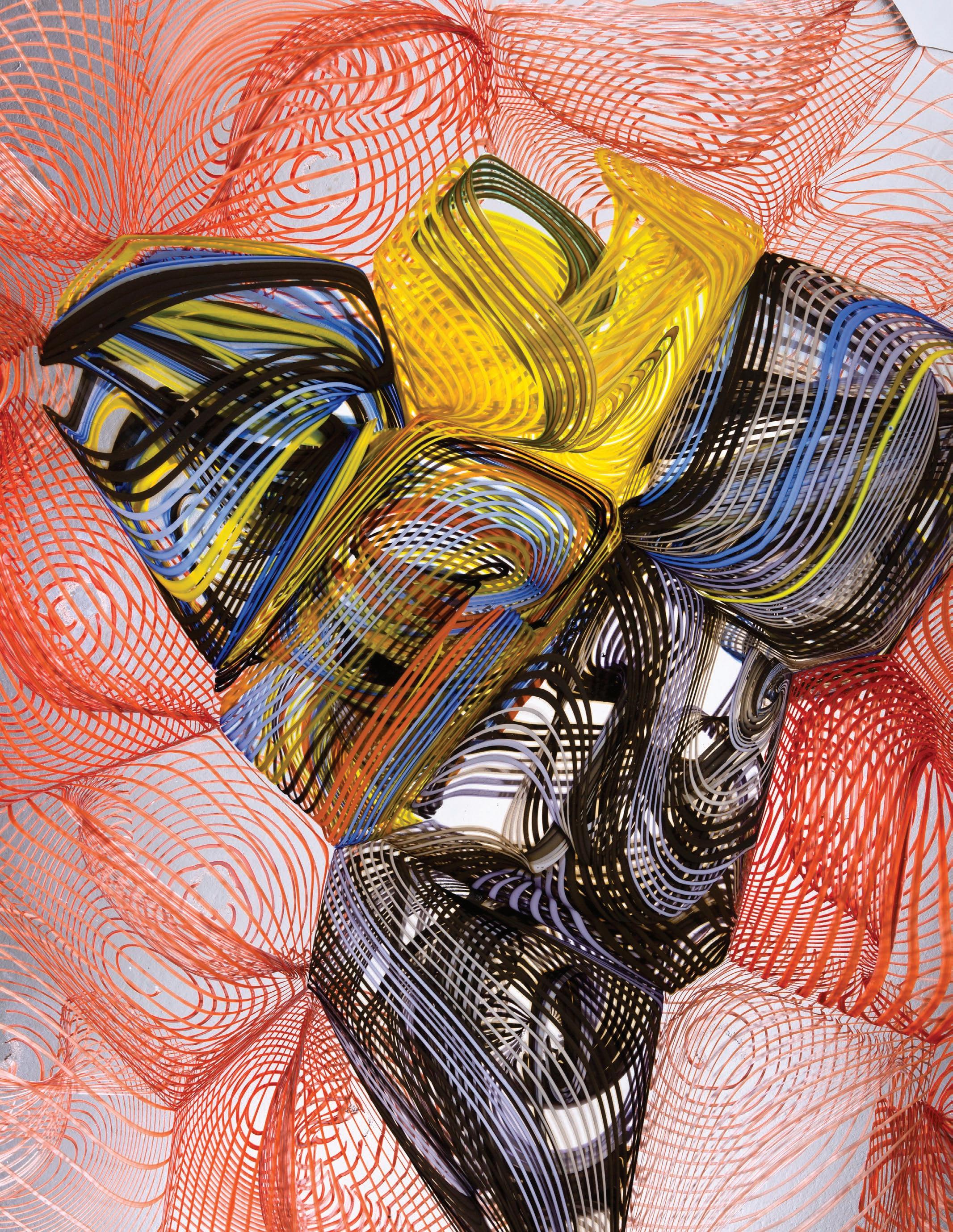

SEATTLE SHOWROOM
SPRING 2024
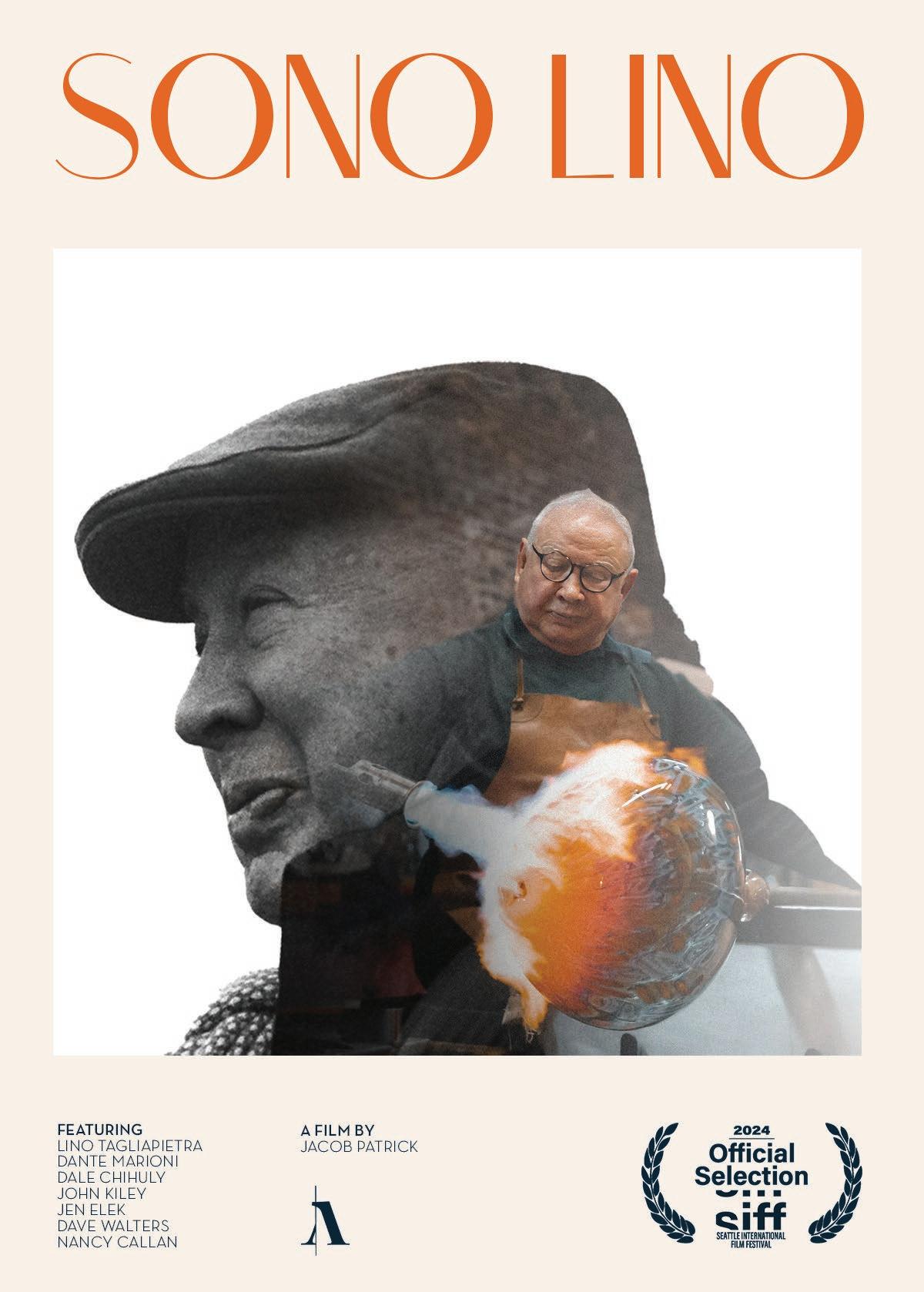

LINO TAGLIAPIETRA SEATTLE SHOWROOM 2006 2ND AVE
SEATTLE, WASHINGTON 98121
PHONE: (206) 420-4867
EMAIL: NICOLE@LINOTAGLIAPIETRA.COM
SHOWROOM HOURS:
MONDAY - FRIDAY | 10 AM - 5PM SATURDAY & SUNDAY |
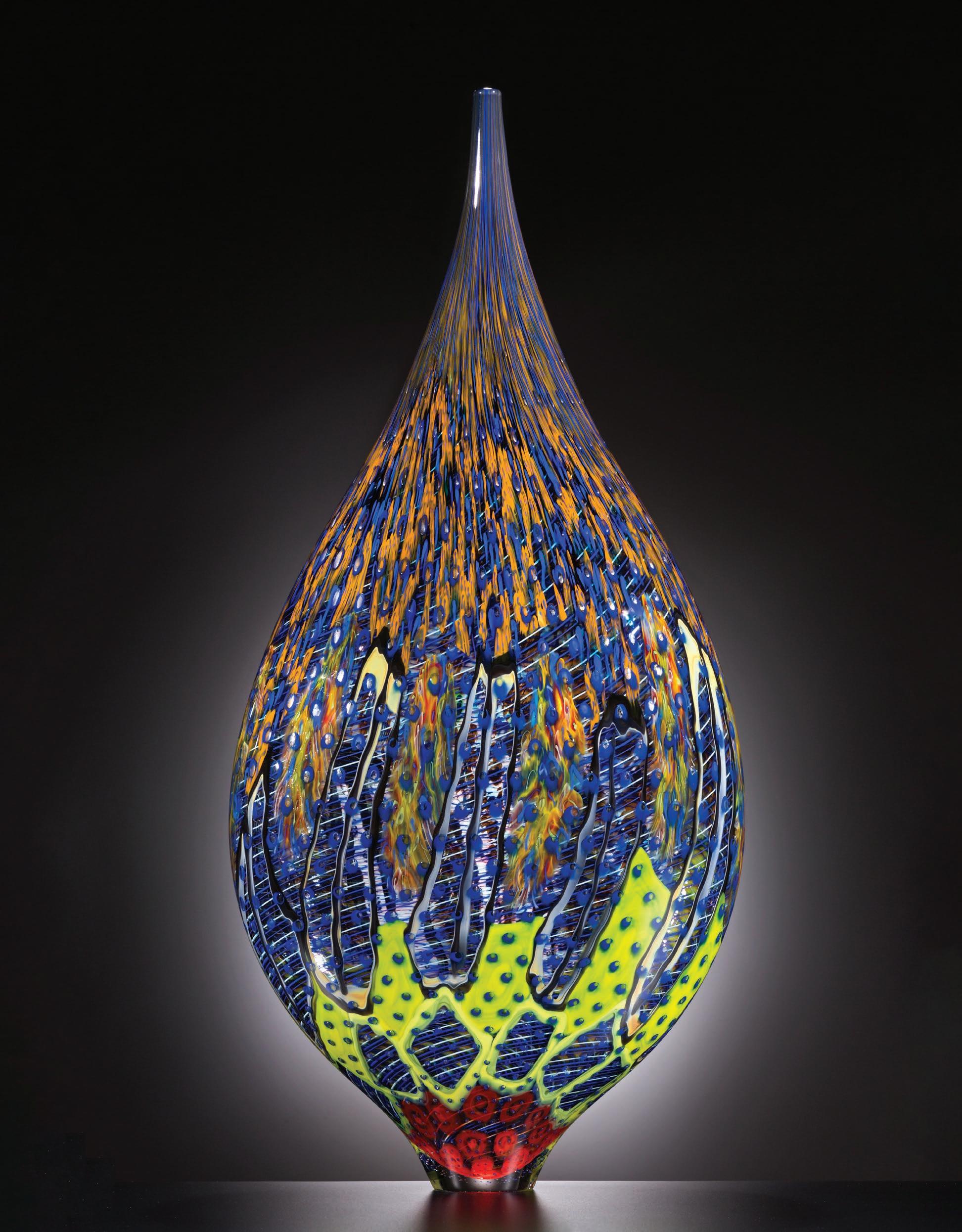
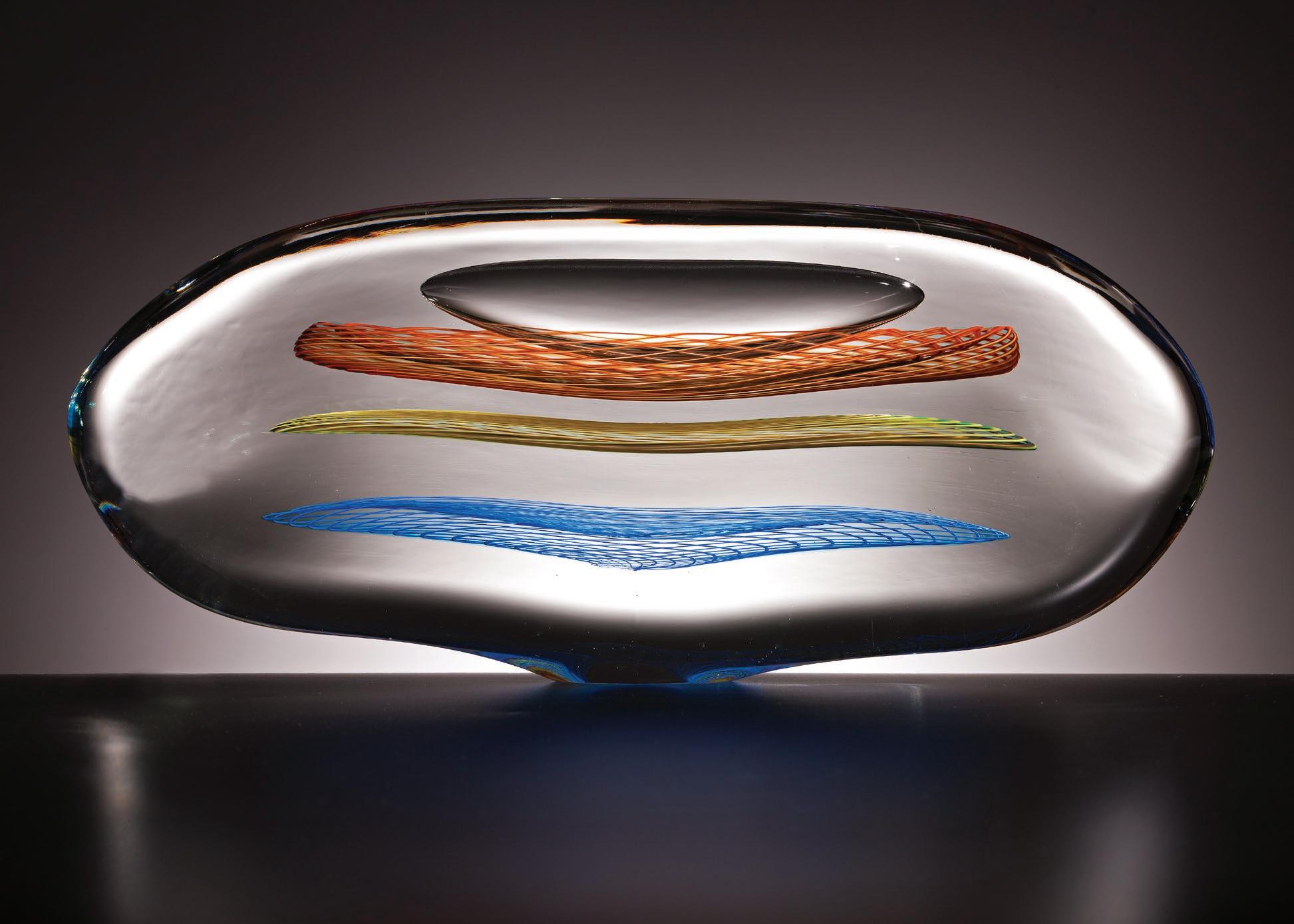
Tasmania was inspired by the warm colors of the Australian outback. Lino remembers his first visit to the continent, and recalls the bright blue sky highlighted against the red dusty landscape. These works combine reticello discs with clear glass to create the effect of floating color.
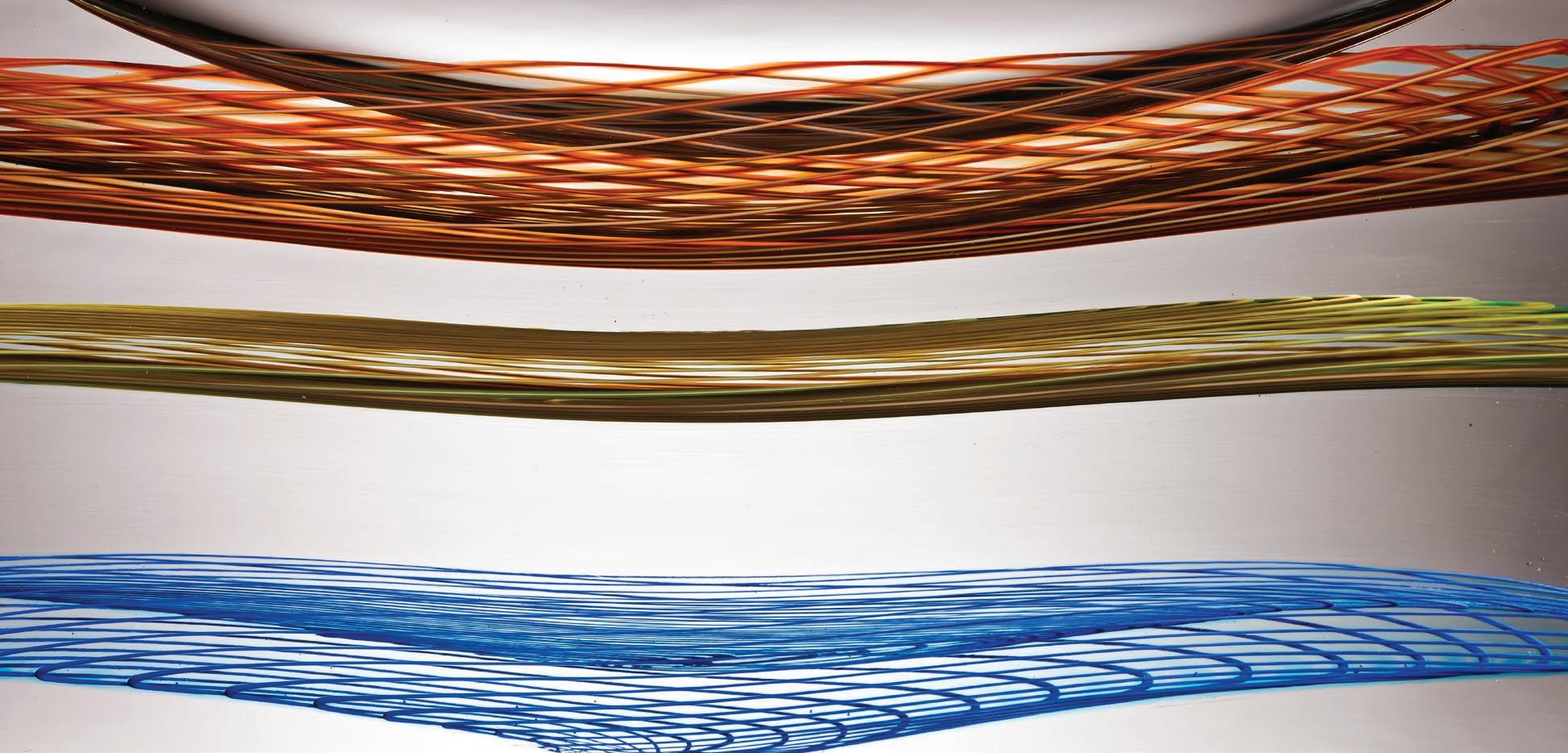 Tasmania, 2012. Lino Tagliapietra. Blown Glass. 8 3/4” H x 20 3/4” W x 2 3/4” D. Photographs by Russell Johnson.
Tasmania, 2012. Lino Tagliapietra. Blown Glass. 8 3/4” H x 20 3/4” W x 2 3/4” D. Photographs by Russell Johnson.
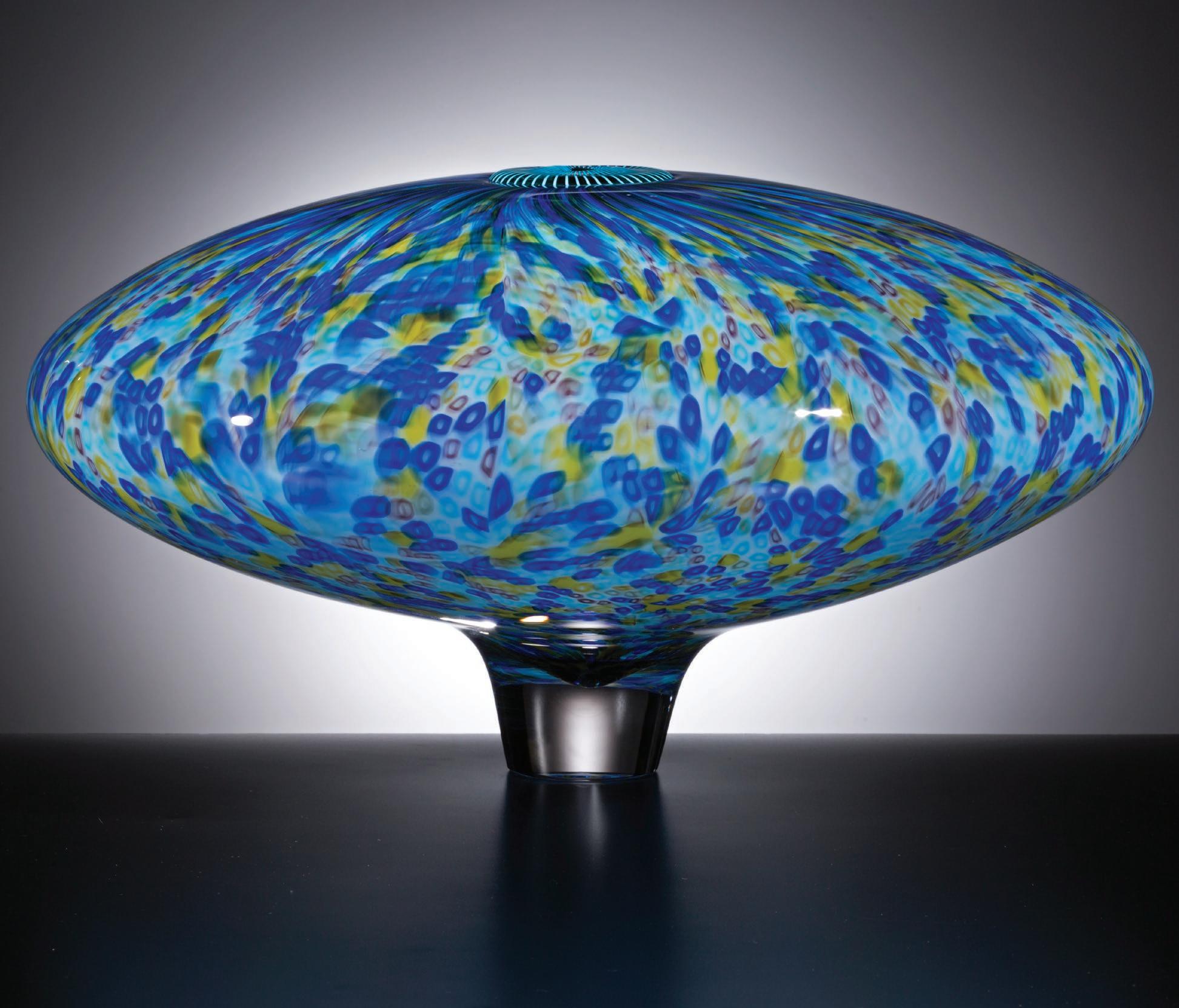
Inspired by the vibrant colors and prints of West African wax fabrics, the Africa series features bold murrine and bright colors.
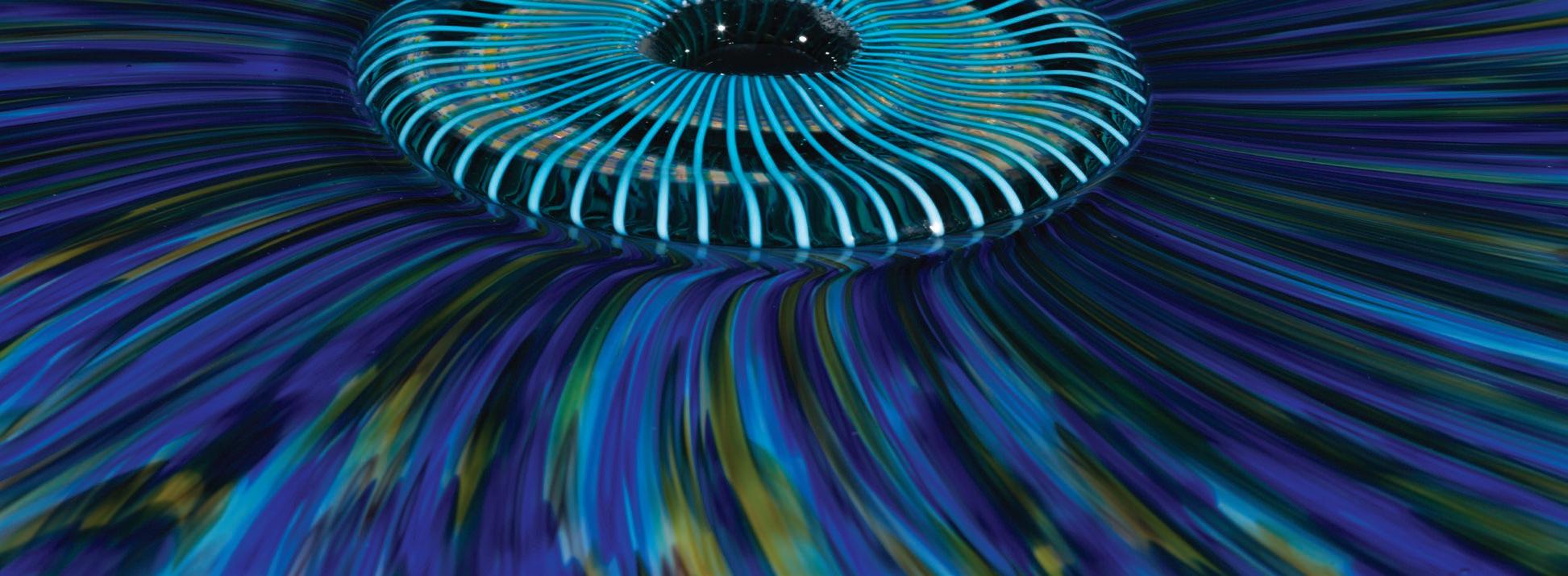 Africa, 2017. Lino Tagliapietra. Blown Glass. 10 1/2” H x 19 1/4” W x 19 1/4” D. Photographs by Russell Johnson.
Africa, 2017. Lino Tagliapietra. Blown Glass. 10 1/2” H x 19 1/4” W x 19 1/4” D. Photographs by Russell Johnson.
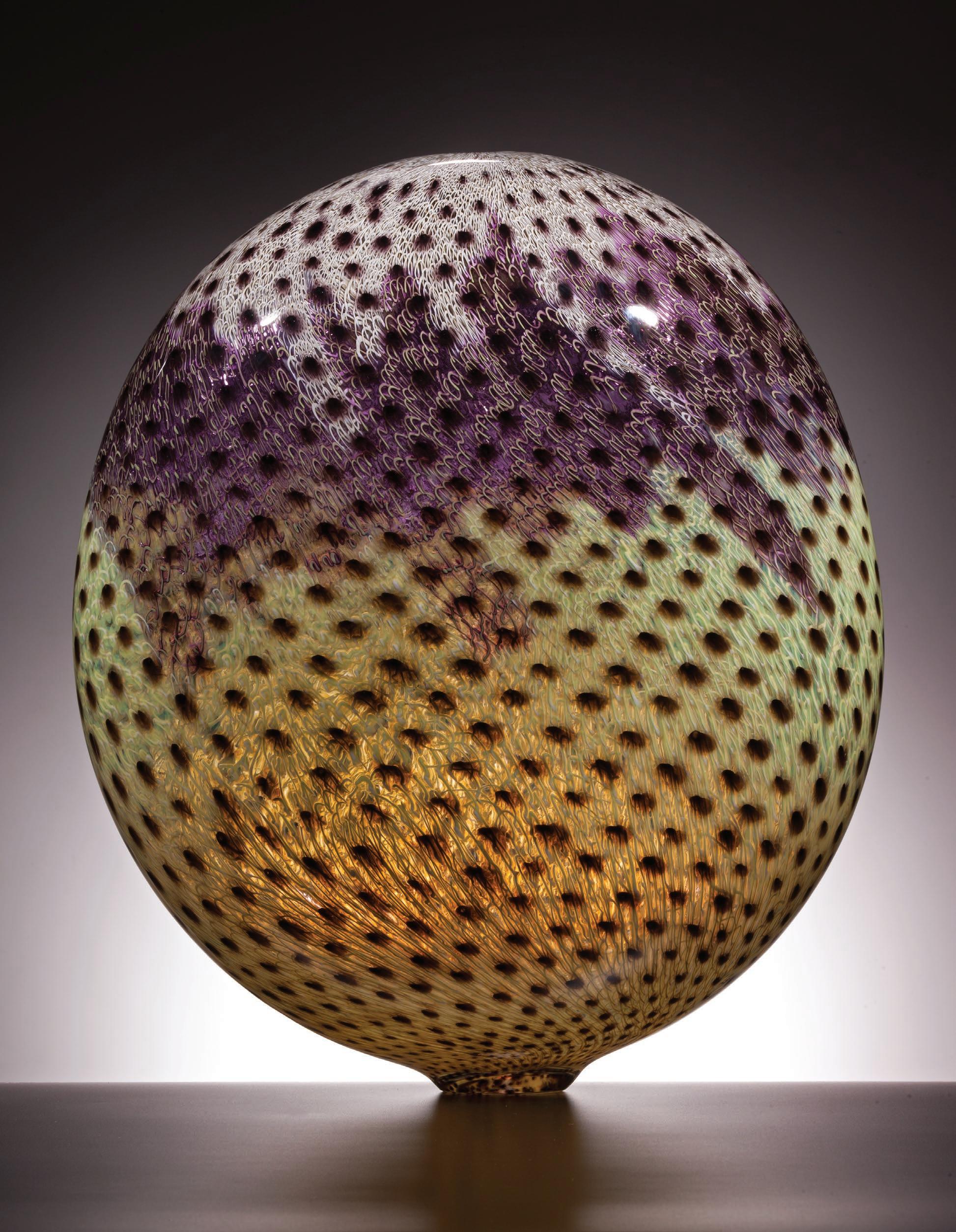 Africa, 2013. Lino Tagliapietra. Blown Glass. 20 1/2” H x 17
3/4” W x 11
3/4” D. Photographs by Russell Johnson.
Africa, 2013. Lino Tagliapietra. Blown Glass. 20 1/2” H x 17
3/4” W x 11
3/4” D. Photographs by Russell Johnson.
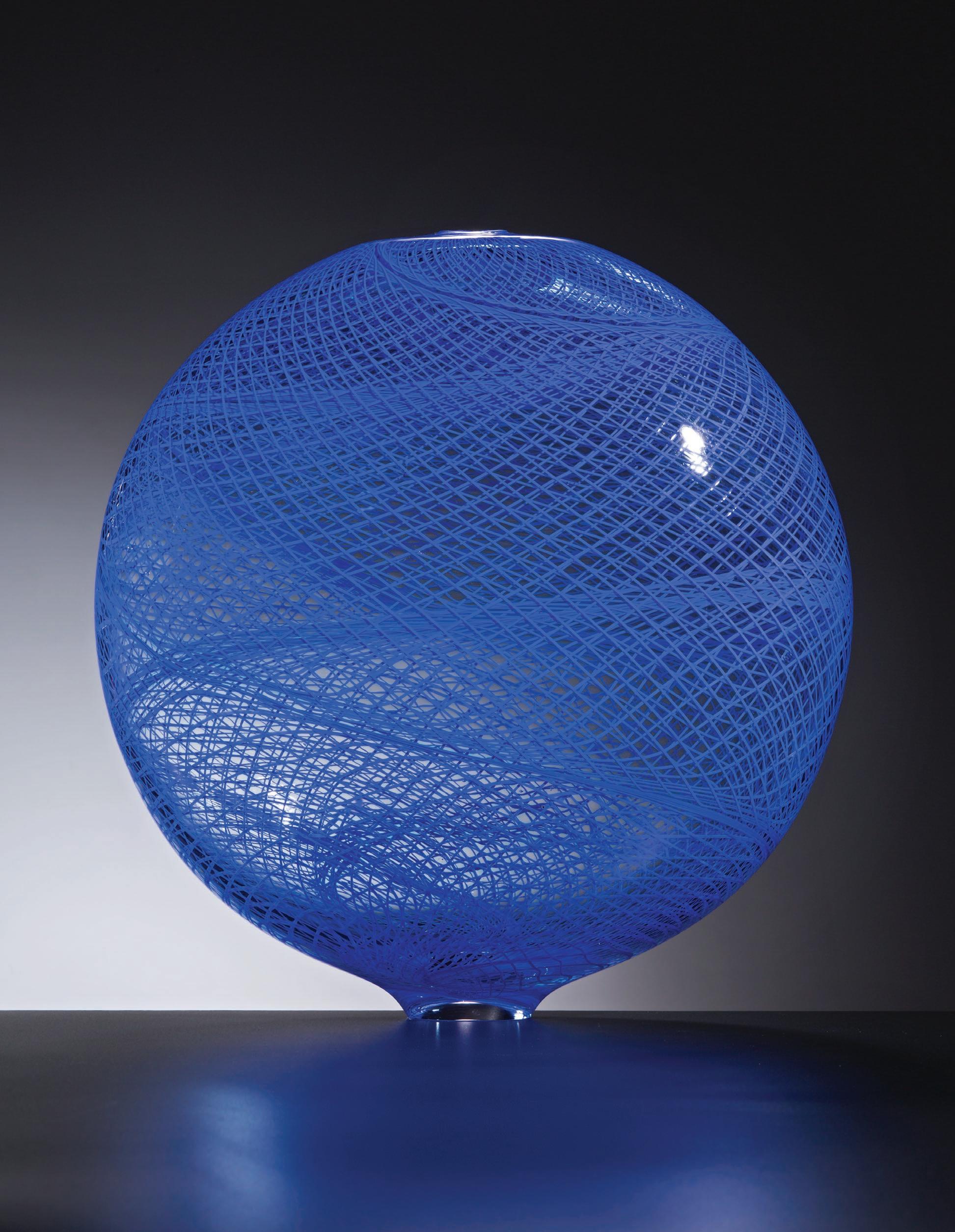 Manaus, 2016. Lino Tagliapietra. Blown Glass. 13 3/4” H x 13 3/4” W x 6” D. Photographs by Russell Johnson.
Manaus, 2016. Lino Tagliapietra. Blown Glass. 13 3/4” H x 13 3/4” W x 6” D. Photographs by Russell Johnson.
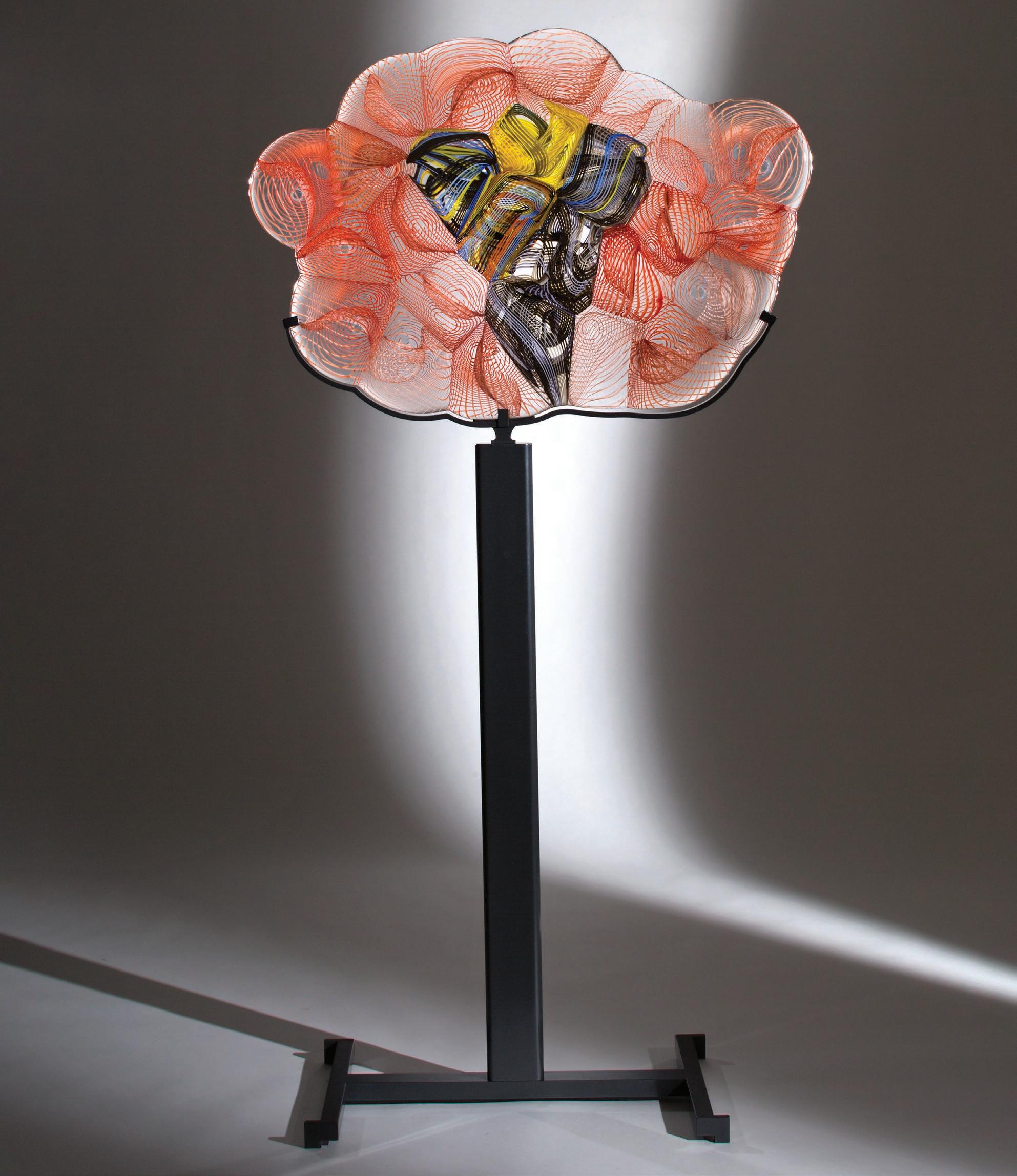
These panels are made by combining glassblowing and glass-fusing techniques. In the hot shop, Lino blows individual spherical elements from cane and clear glass. These are combined together in a flat kiln while still hot, and are then fused in the kiln over a period of several days. Lino must consider how each element will melt and flatten, calculating the exact quantity of glass to use in order to achieve the desired effect.
Nuvola, 2015. Lino Tagliapietra. Blown Glass. 39 1/4” H x 26 1/2” W x 1 3/4” D. Photographs by Russell Johnson.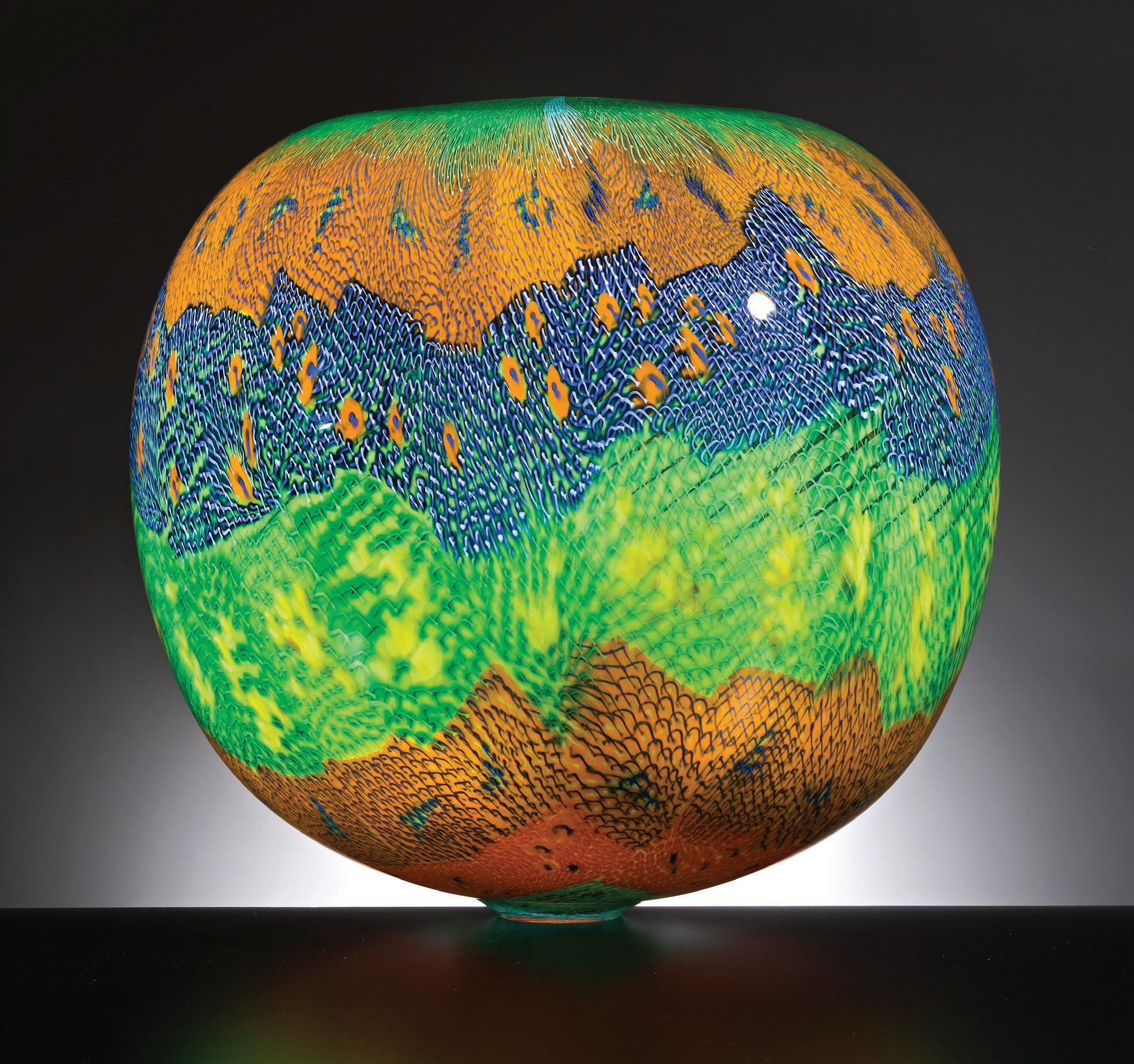
Maestro Tagliapietra has visited Japan a number of times, and remains fascinated by the culture and landscape of this captivating country. Reflecting on this particular series, Lino comments that his travels in Japan taught him that “simplicity is not easy. It is complicated to make a simple design refined.”
 Fuji, 2015. Lino Tagliapietra. Blown Glass. 16 3/4” H x 17 1/4” W x 17 1/4” D. Photographs by Russell Johnson.
Fuji, 2015. Lino Tagliapietra. Blown Glass. 16 3/4” H x 17 1/4” W x 17 1/4” D. Photographs by Russell Johnson.
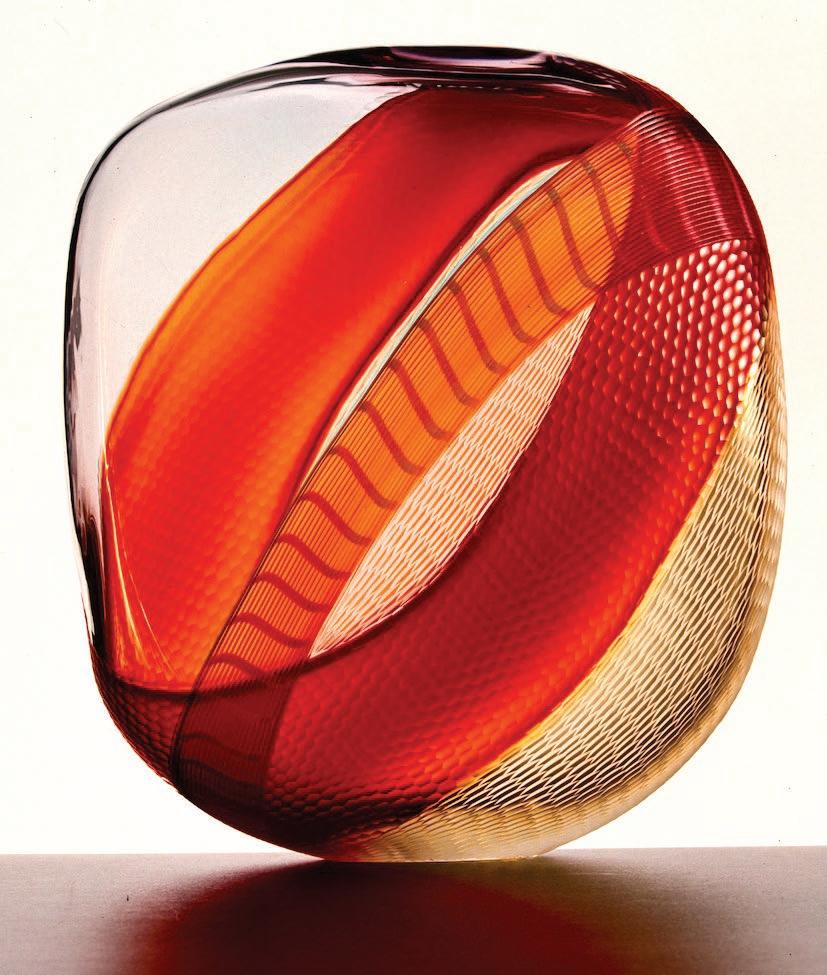
The Mandara series are primarily closed-form vessels whose surfaces have been heavily engraved in a variety of patterns. In conceiving these works, Lino reflected on the decorative mandala drawings of the Bhuddist religion, whose intricate and geometric designs encourage meditation and focus. The Maestro similarly finds meditation and reflection in the process of glassblowing.
Mandara, 2003. Lino Tagliapietra. Blown Glass. 17 3/4” H x 15 1/2” W x 5 1/2” D. Photographs by Russell Johnson.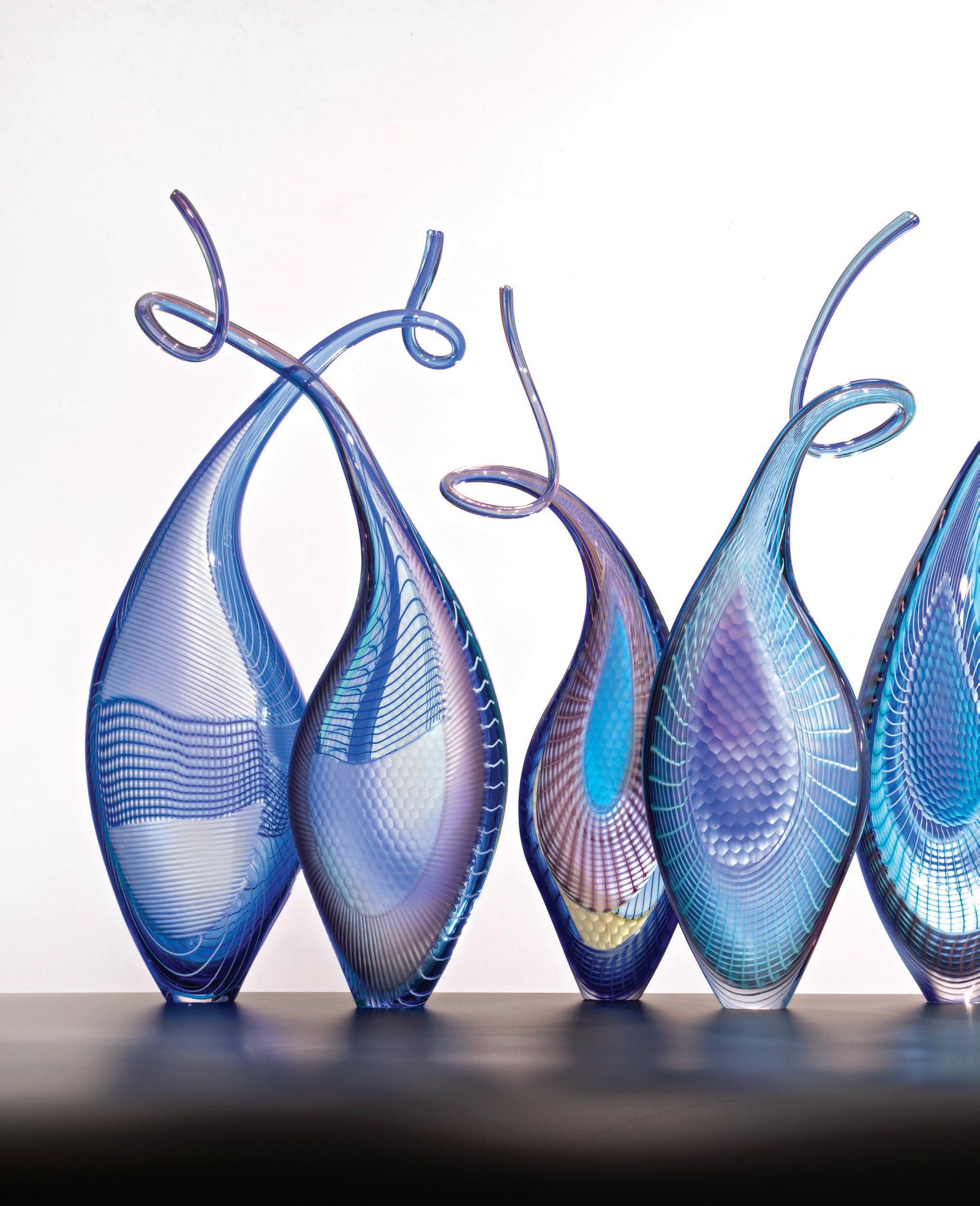 La Ballata del Tempo Perduto, 2022. Lino Tagliapietra. Blown Glass.
La Ballata del Tempo Perduto, 2022. Lino Tagliapietra. Blown Glass.
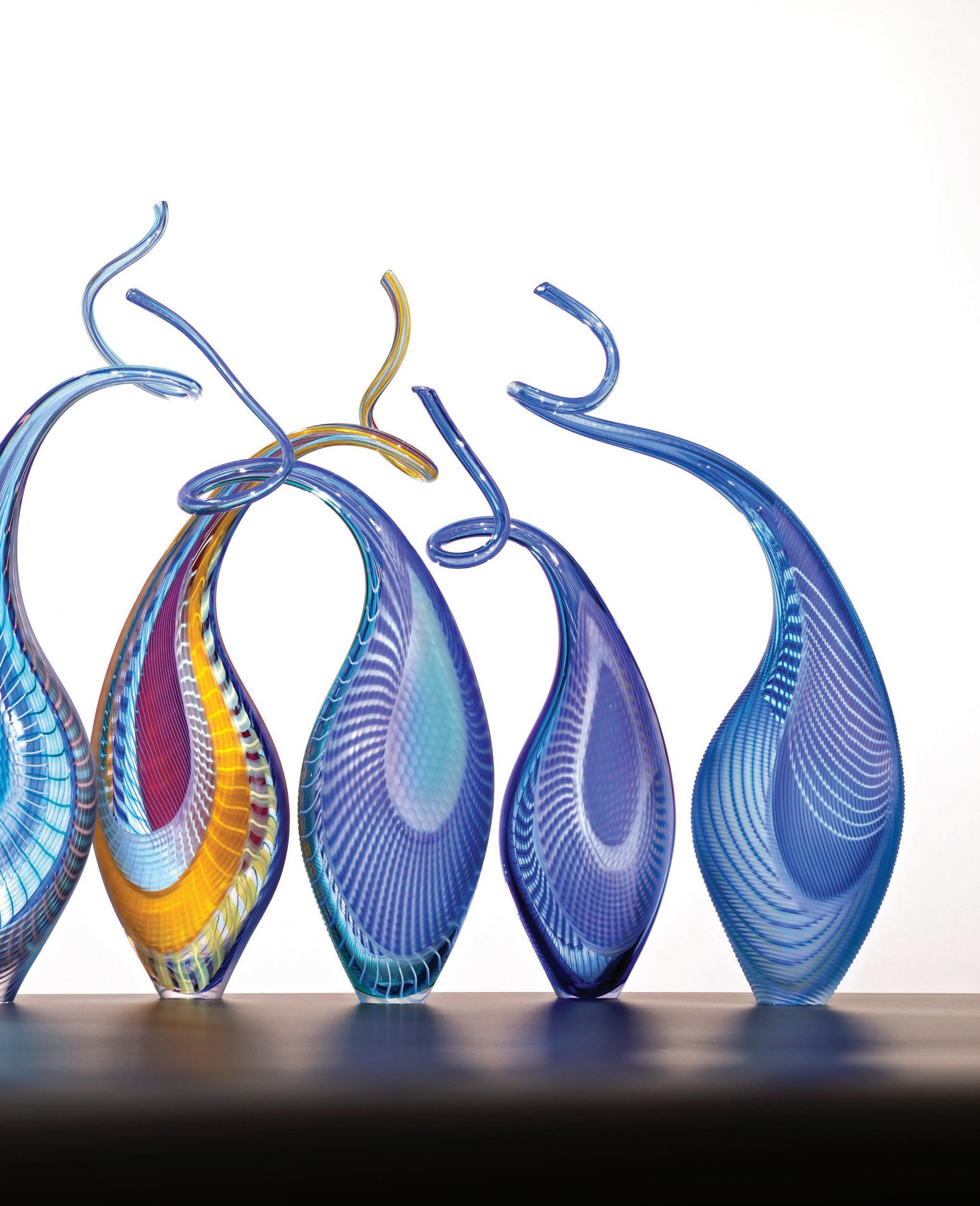
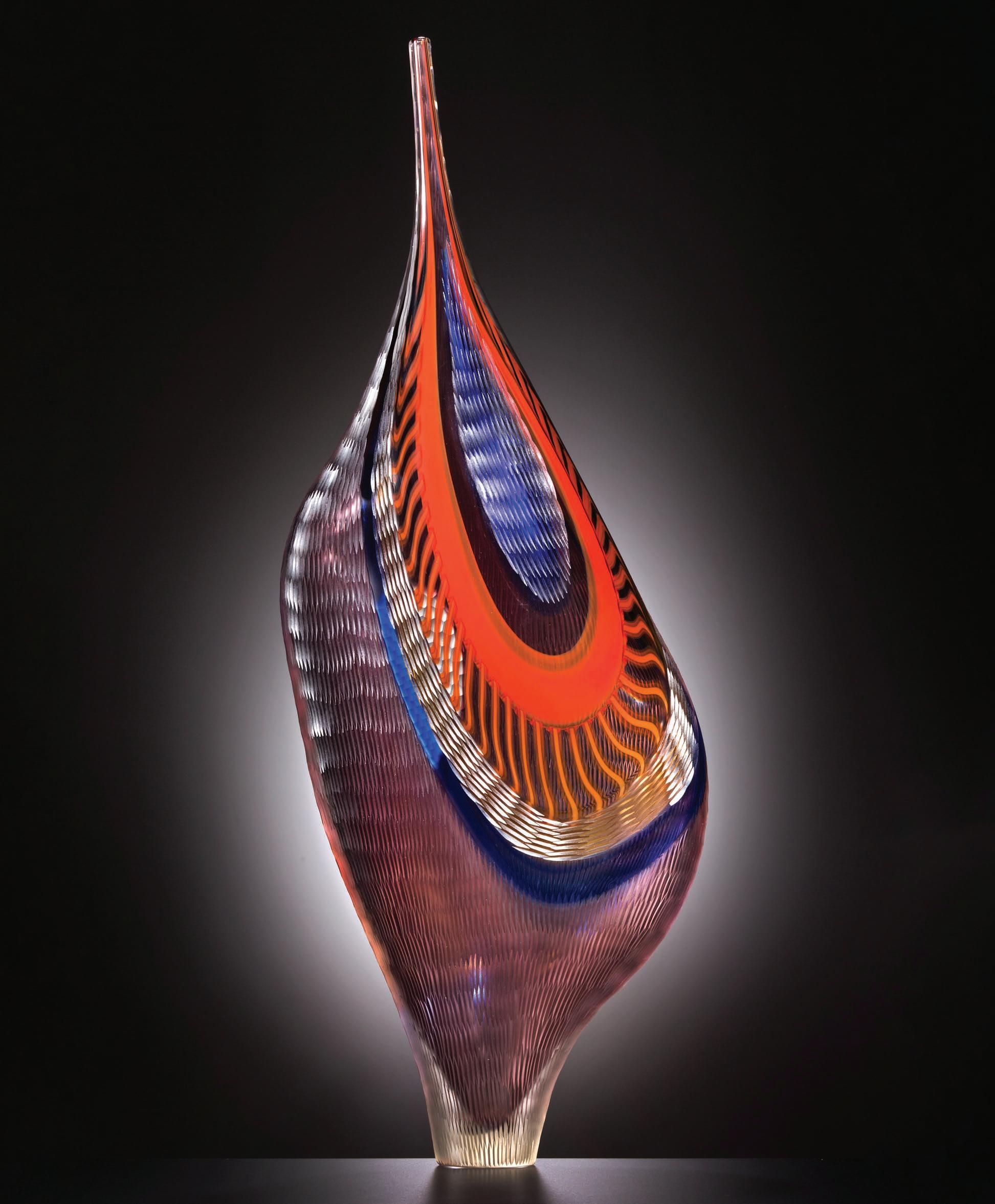
Inspired by the biblical Queen Sheba (or “la regina di Saba” in Italian), the Saba series has a mystical quality that often features jewel tones paired with warm red and orange hues. Lino uses incalmo to create the bands of color and cane through the body of the works.
Saba, 2005. Lino Tagliapietra. Blown Glass. 29” H x 10 3/4” W x 5 1/2” D. Photographs by Russell Johnson.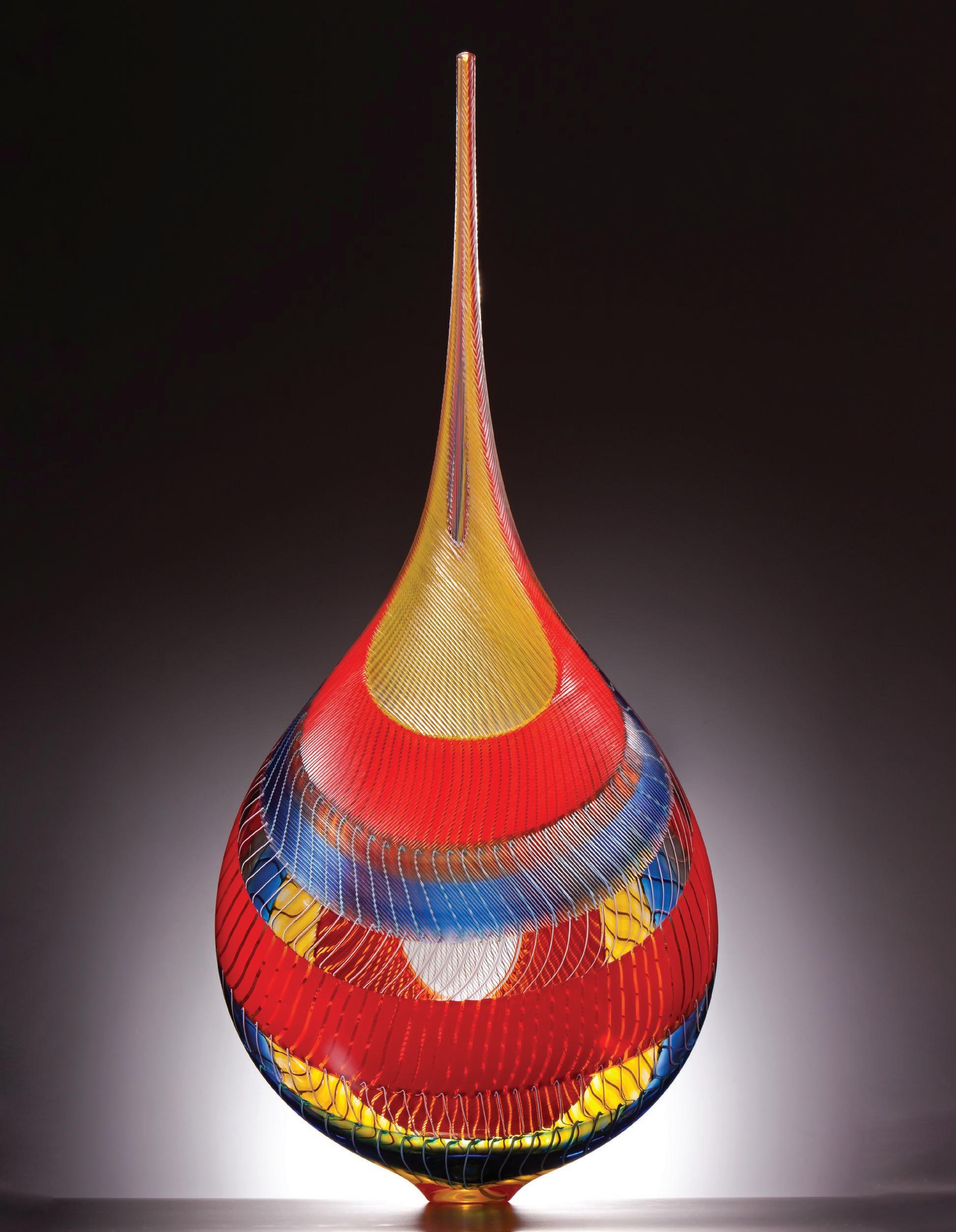 Saba, 2010. Lino Tagliapietra. Blown Glass. 39 3/4” H x 17” W x 8 1/4”
D. Photographs by Russell Johnson.
Saba, 2010. Lino Tagliapietra. Blown Glass. 39 3/4” H x 17” W x 8 1/4”
D. Photographs by Russell Johnson.
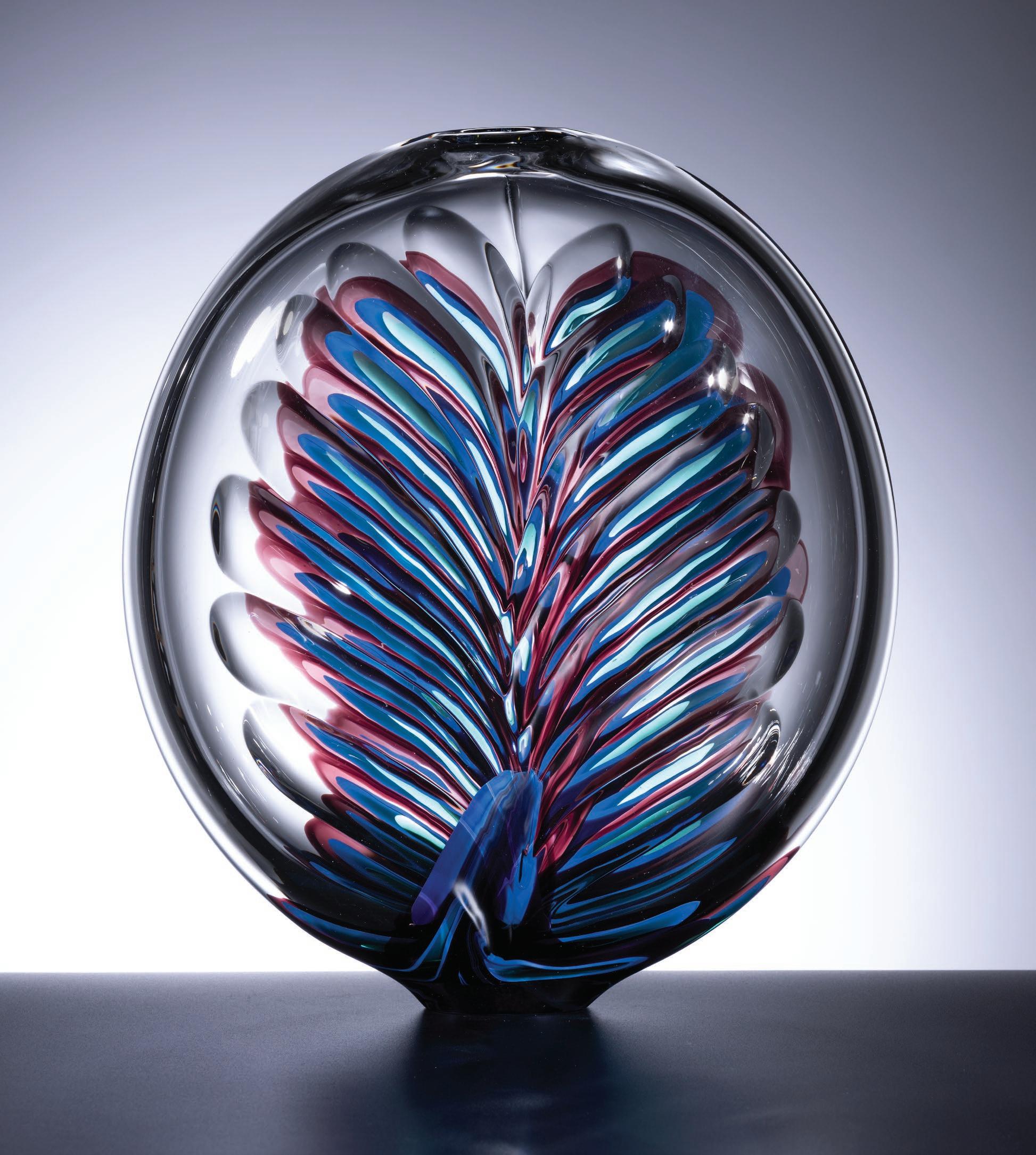
Captivated by the vibrancy of the colours and culture of the Caribbean, Lino Tagliapietra named this particular series after the capital of the Bahamas. The Maestro embraces the bold in this work and chooses a vivid yellow cane, whirled and stretched into psychedelic patterns, as the base layer for this artwork. Always looking to nature for inspiration, Lino has placed the murrine boasting a rainbow of hues, in a design that seems to grow up the sides of the vessel. The Nassau style of murrina is reminiscent of colorful feathers, or even coral rippling underwater, and epitomizes Lino’s ability to reinterpret the natural world in glass.
Nassau, 2020. Lino Tagliapietra. Blown Glass. 13 1/2” H x 11 1/2” W x 5 1/4” D. Photographs by Russell Johnson.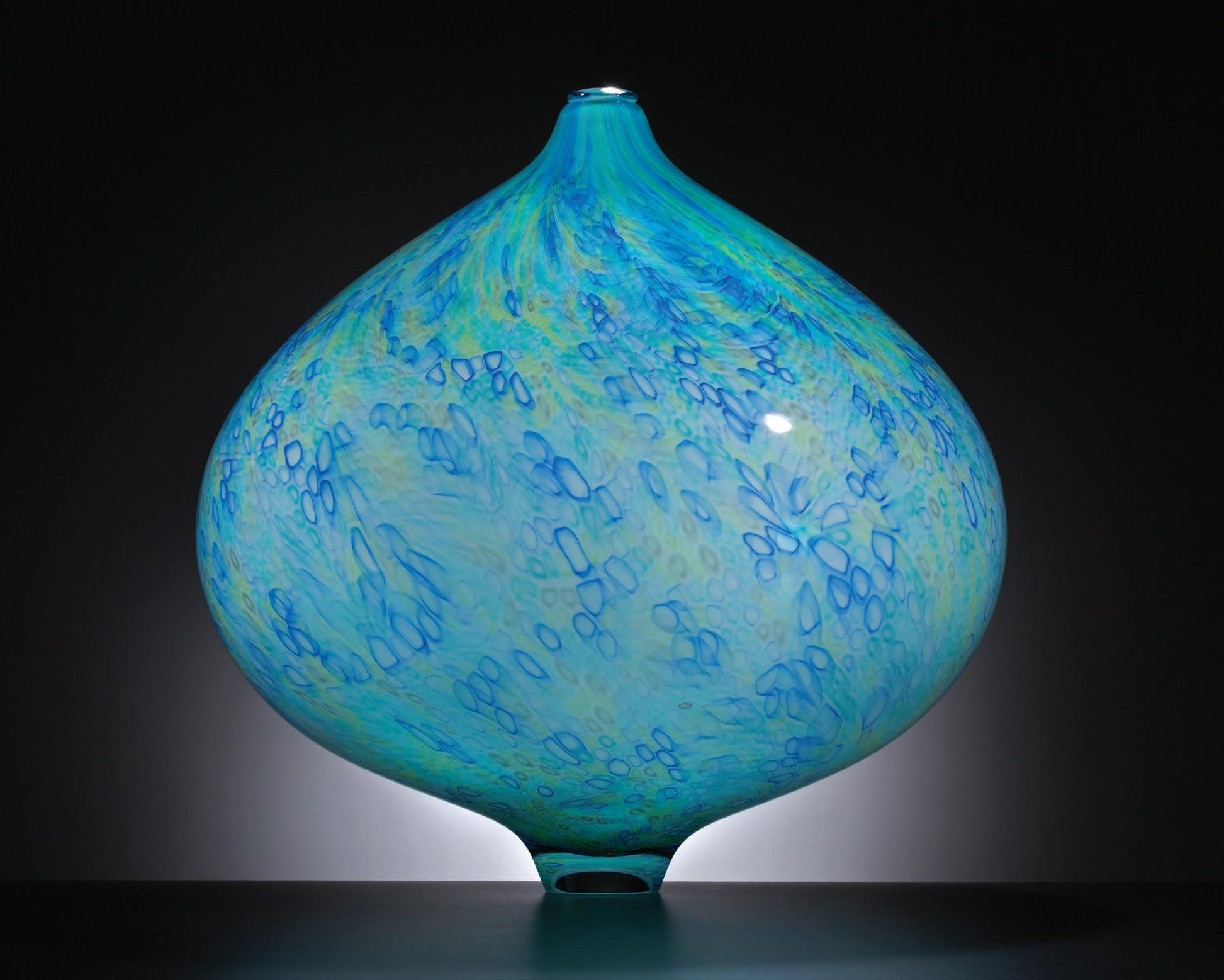
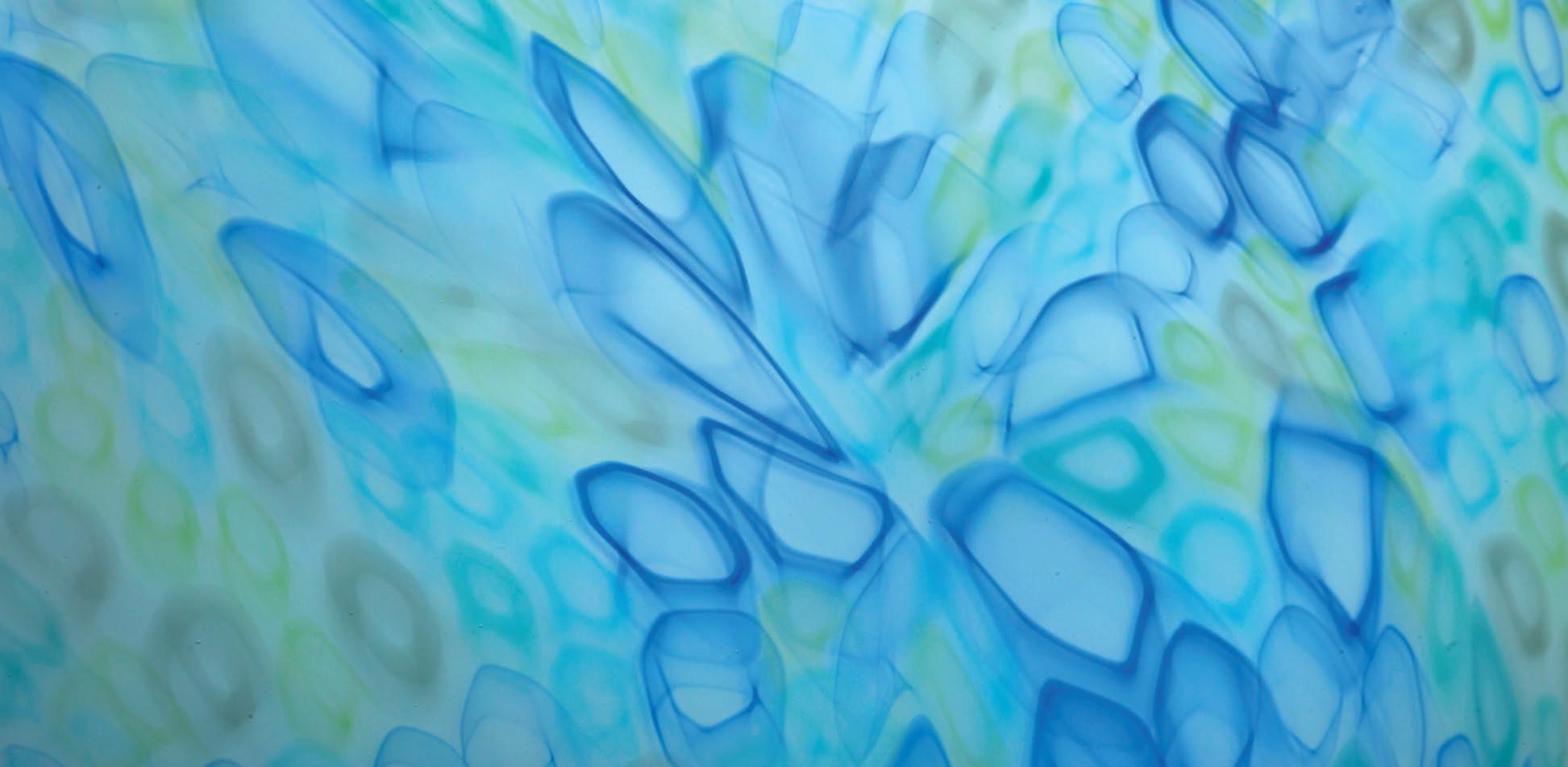 Curzola, 2018. Lino Tagliapietra. Blown Glass. 20” H x 19” W x 20” D. Photographs by Russell Johnson.
Curzola, 2018. Lino Tagliapietra. Blown Glass. 20” H x 19” W x 20” D. Photographs by Russell Johnson.
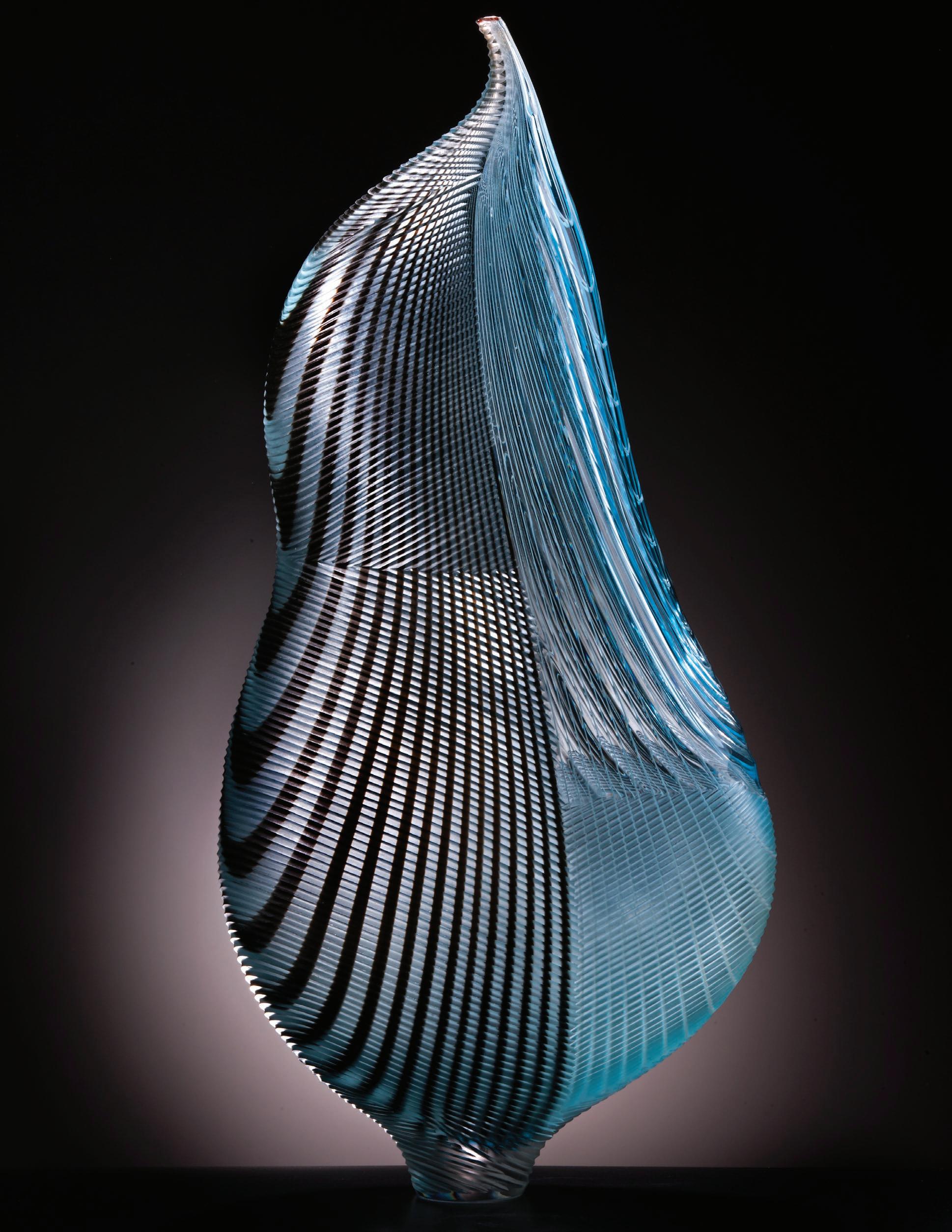 Bahia, 2012. Lino Tagliapietra. Blown Glass. 21” H x 9” W x 8 1/2”
D. Photographs by Russell Johnson.
Bahia, 2012. Lino Tagliapietra. Blown Glass. 21” H x 9” W x 8 1/2”
D. Photographs by Russell Johnson.
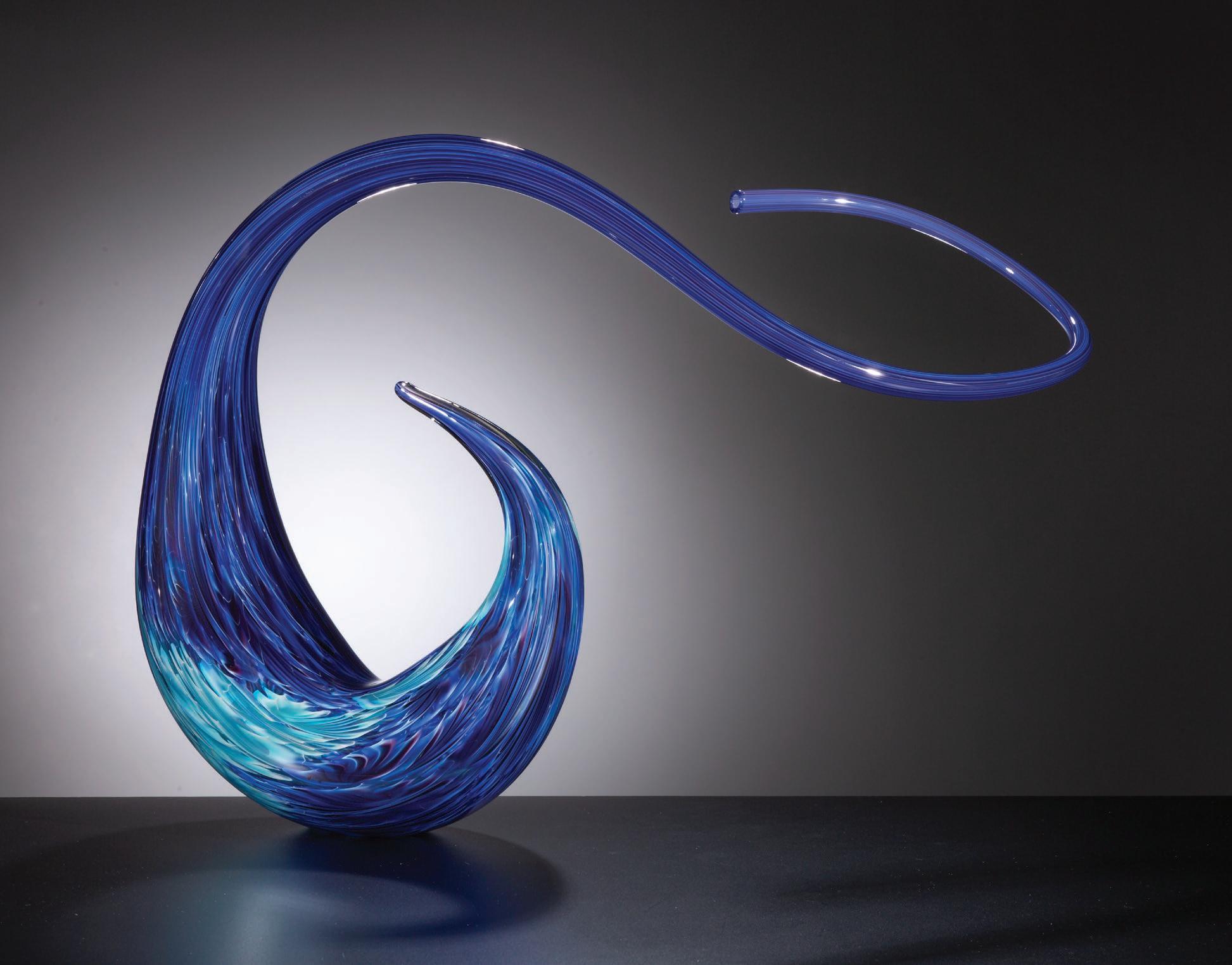
Fenice, or “phoenix” in English, are named for La Fenice theatre in Venice - a historic building that has burned down and been rebuilt three times throughout its long history. An homage to his hometown, these artworks gracefully rise and curve into delicately tapered necks.
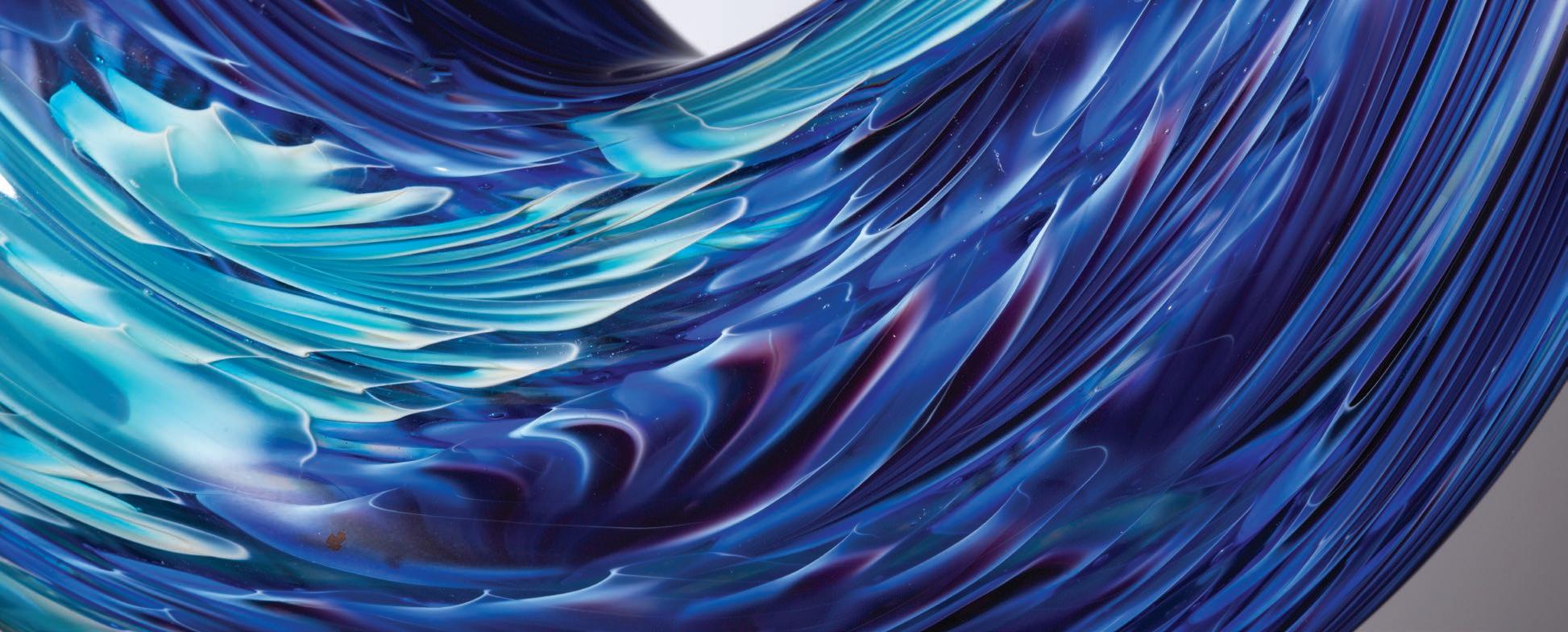 Fenice, 2020. Lino Tagliapietra. Blown Glass. 19 3/4” H x 20” W x 14 1/2” D. Photographs by Russell Johnson.
Fenice, 2020. Lino Tagliapietra. Blown Glass. 19 3/4” H x 20” W x 14 1/2” D. Photographs by Russell Johnson.
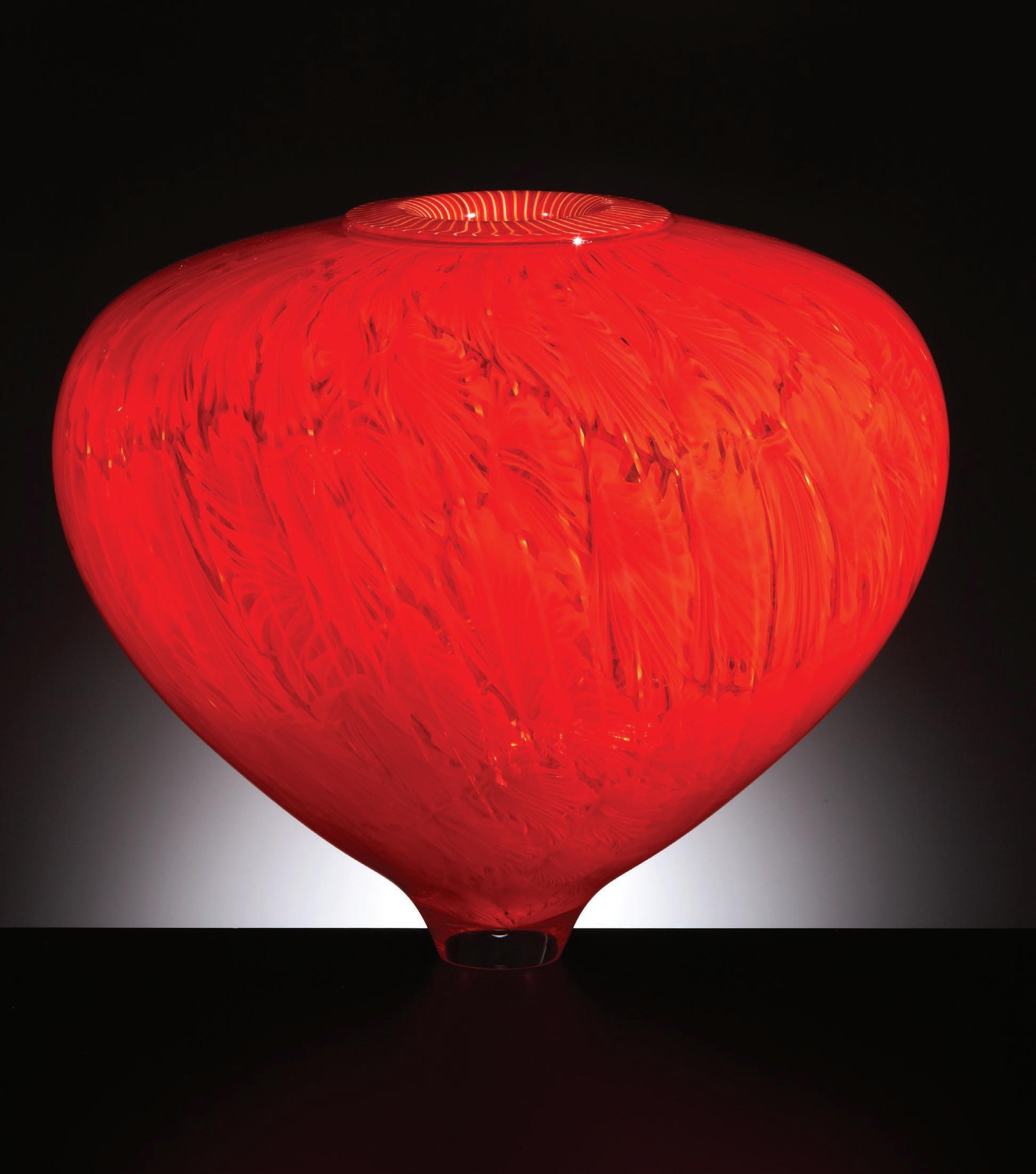
Named for the floral pattern of the murrine, this Florencia vessel is simple in form, which highlights its bouquet of overlapping colors. This artwork is composed exclusively of Florencia murrine, made by layering and folding together different colors of flat ribbon cane, creating a petal-like structure within the rod of stretched glass. Once sliced into small pieces, the murrine are laid out on a heating stone and grouped tightly together. When laying out the murrine, Lino can assess how the glass pieces will stretch and shape during the blowing process.
Florencia, 2019. Lino Tagliapietra. Blown Glass. 13 3/4” H x 16 1/2” W x 16 1/2” D. Photographs by Russell Johnson.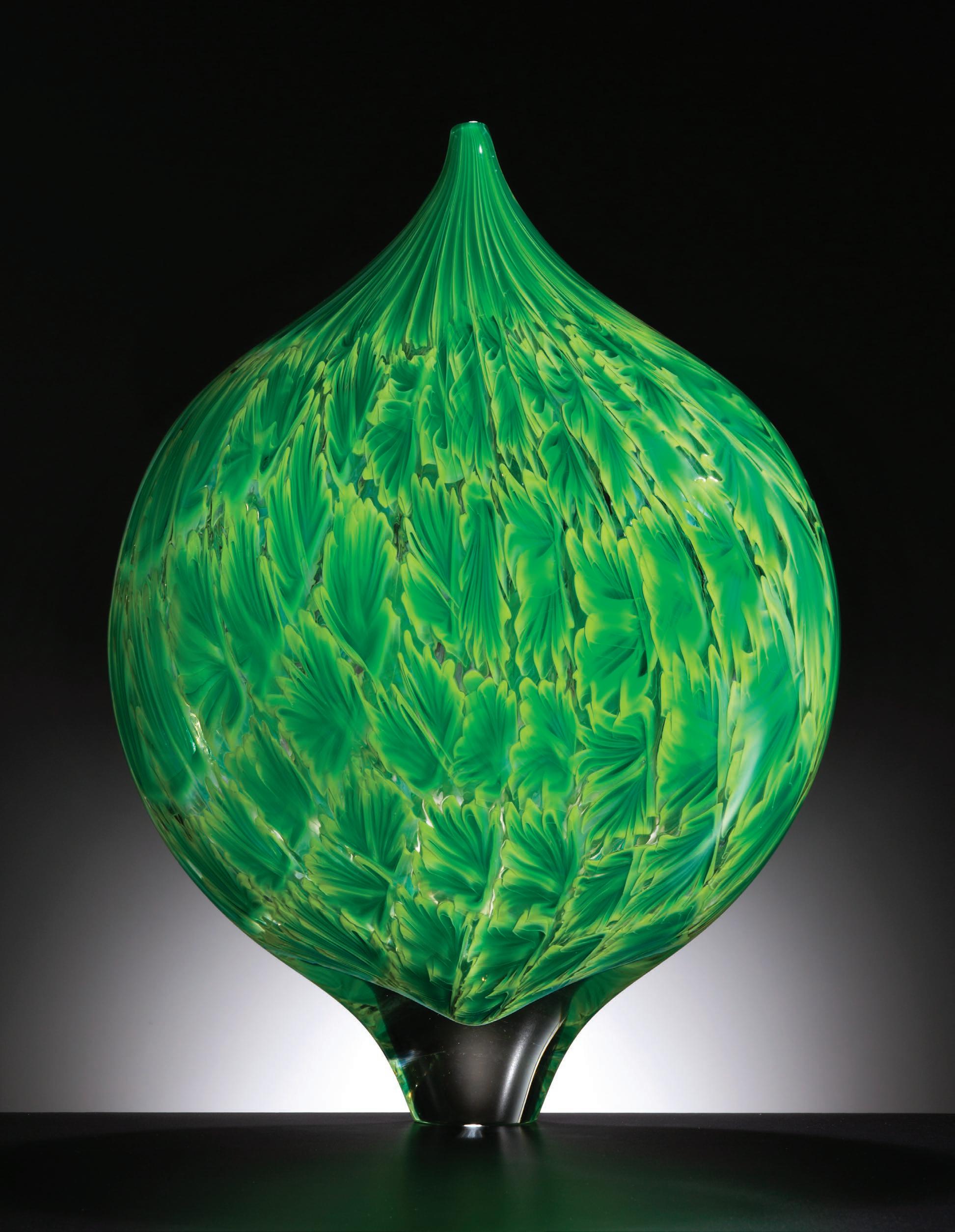 Florencia, 2019. Lino Tagliapietra. Blown Glass. 17 1/2” H x 13” W x 4 3/4” D. Photographs by Russell Johnson.
Florencia, 2019. Lino Tagliapietra. Blown Glass. 17 1/2” H x 13” W x 4 3/4” D. Photographs by Russell Johnson.
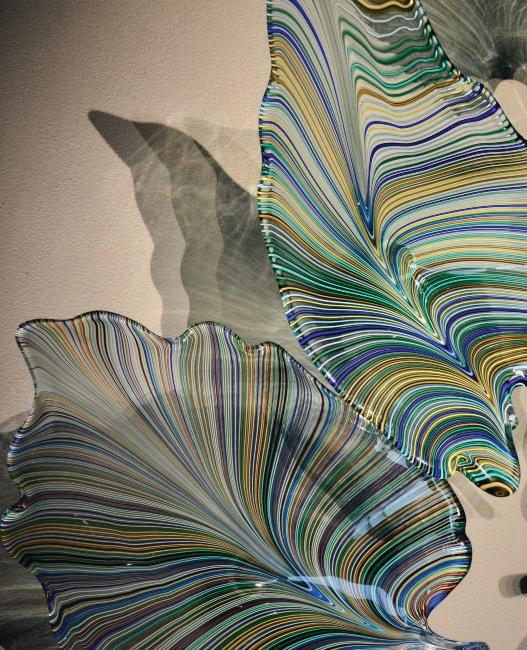
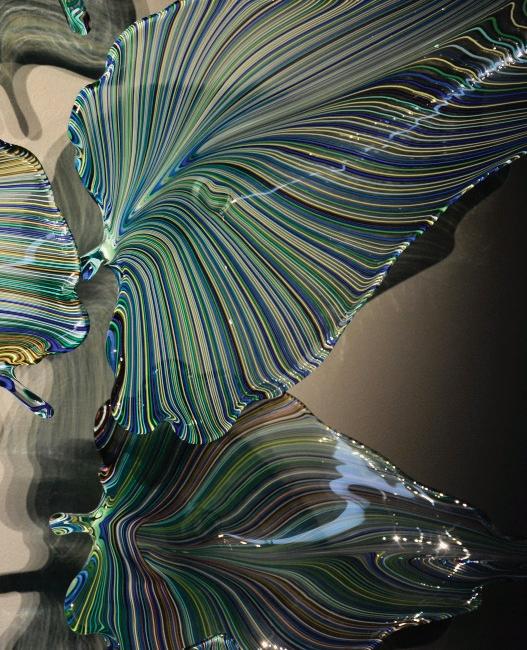
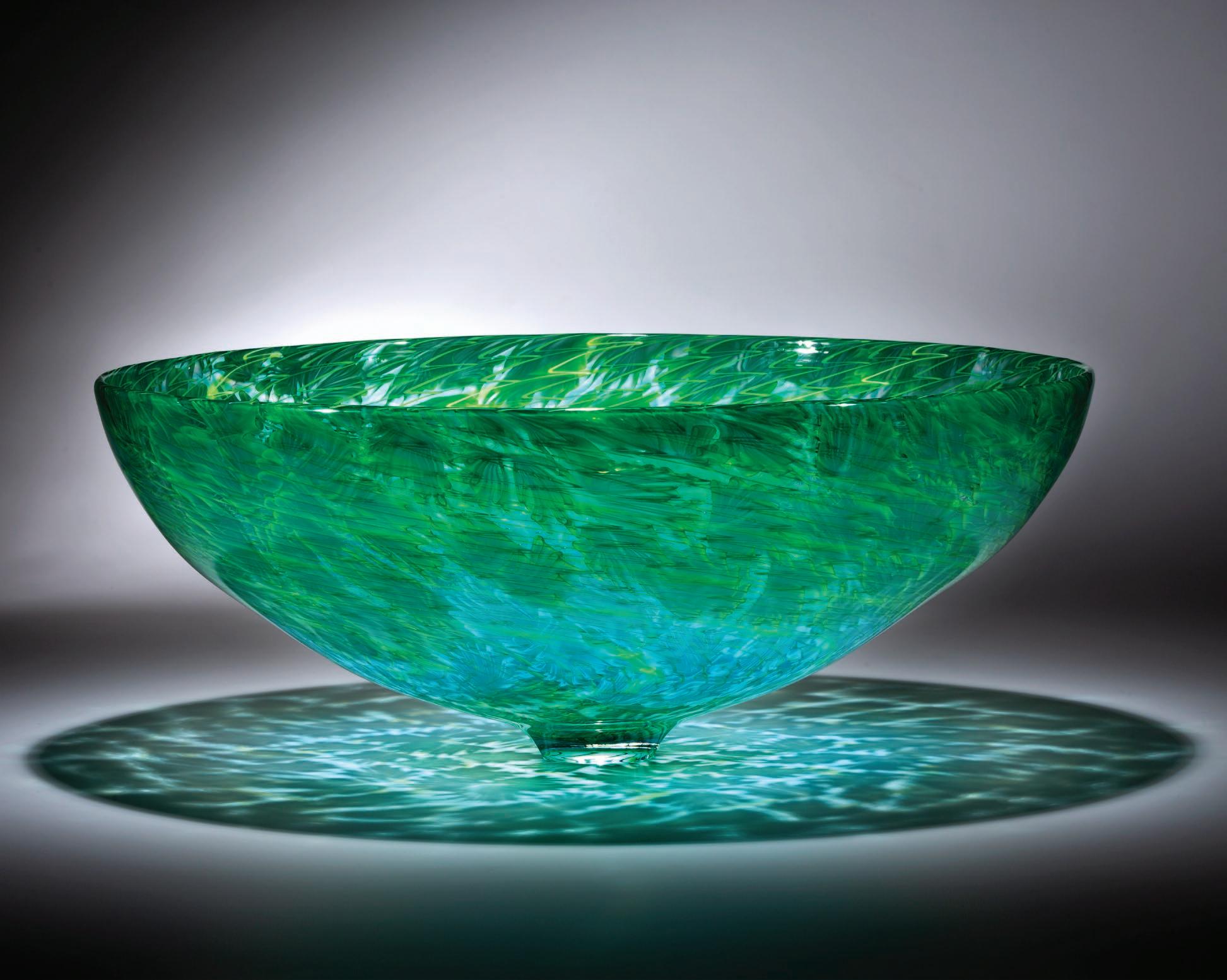
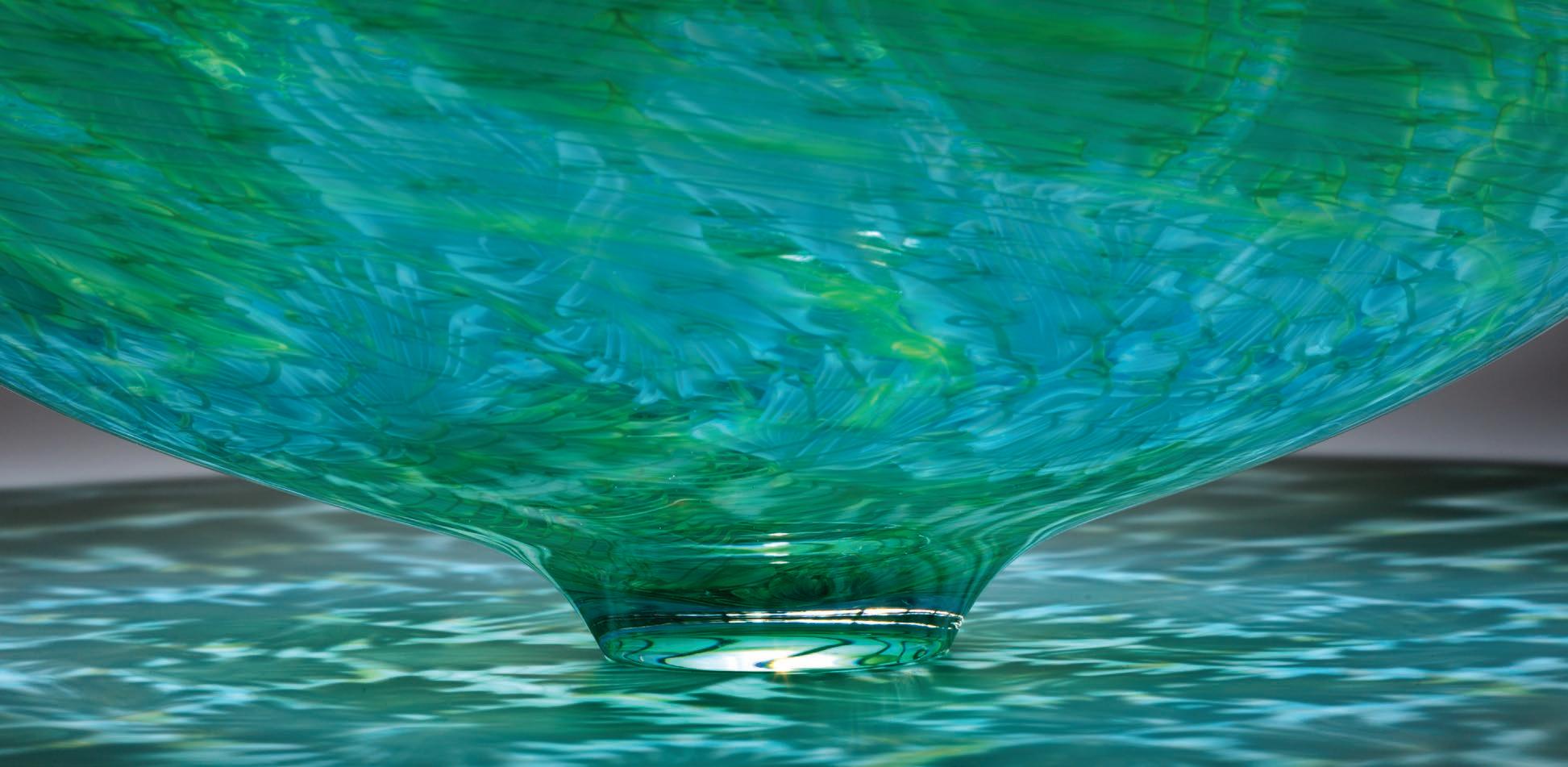 Florencia 2020. Lino Tagliapietra. Blown Glass. 11” H x 24” W x 23” D. Photographs by Russell Johnson.
Florencia 2020. Lino Tagliapietra. Blown Glass. 11” H x 24” W x 23” D. Photographs by Russell Johnson.
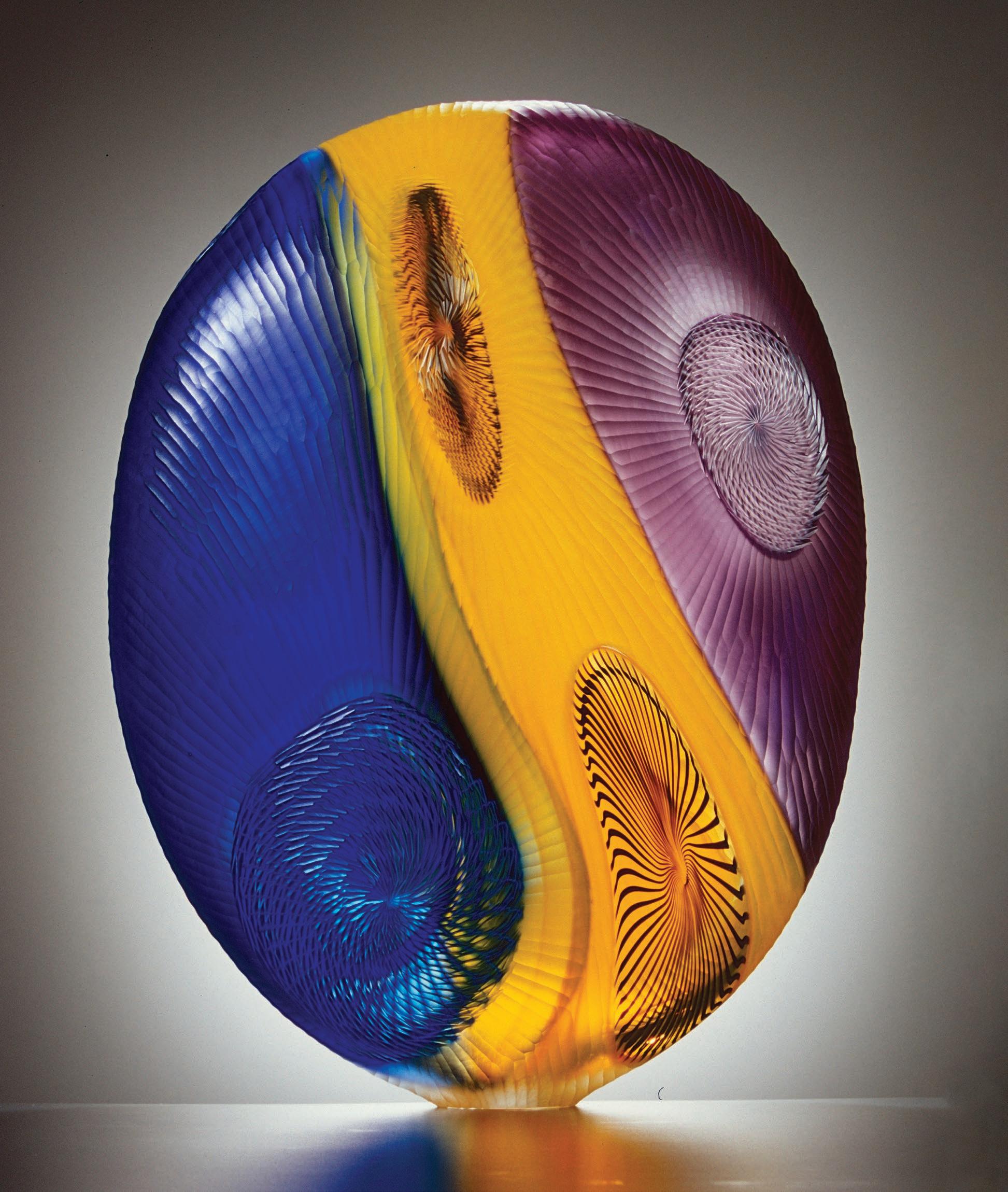
The Medusa series, named for the Italian word for “jellyfish”, recalls the sight of these sea creatures floating gently on the water’s surface. To achieve this effect, Lino begins by blowing a sphere in which he punctures a hole and inserts the small circle of cane. The glass fuses together and creates the “jellyfish” that drift across the exterior of the vessel.
Medusa, 2006. Lino Tagliapietra. Blown Glass. 19” H x 14 1/2” W x 8 1/4” D. Photographs by Russell Johnson.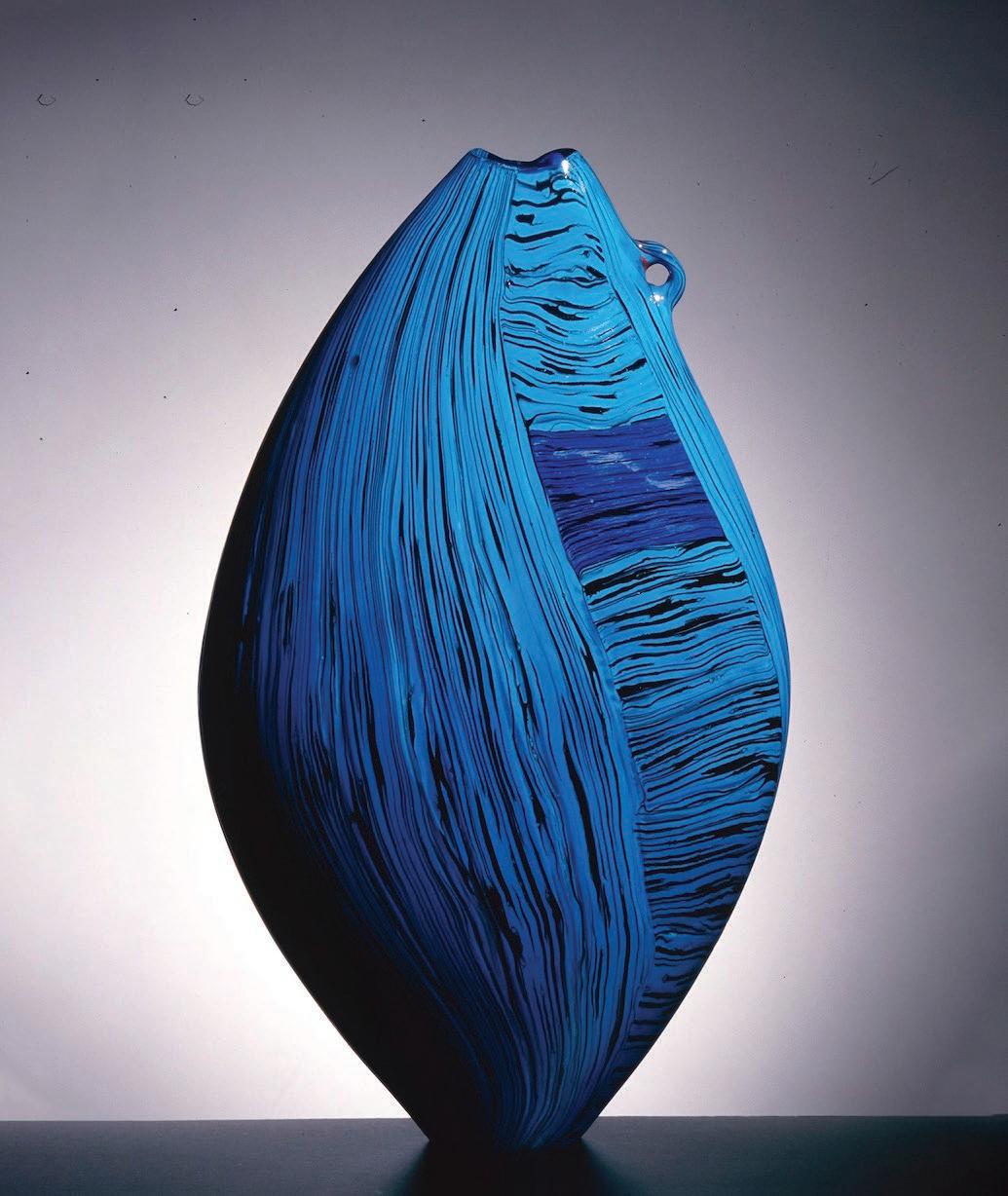
These opaque vessels are made with freshly melted colors, rather than reheated glass rods. This adds vibrancy to the work and highlights the warm tones of the reds and oranges. Named by the Provence region of France, the Maestro took inspiration from this landscape, as well as the French artist Cezanne, for these painterly vessels.
Provenza, 1999. Lino Tagliapietra. Blown Glass. 19 1/2” H x 11 3/4” W x 6” D. Photographs by Russell Johnson.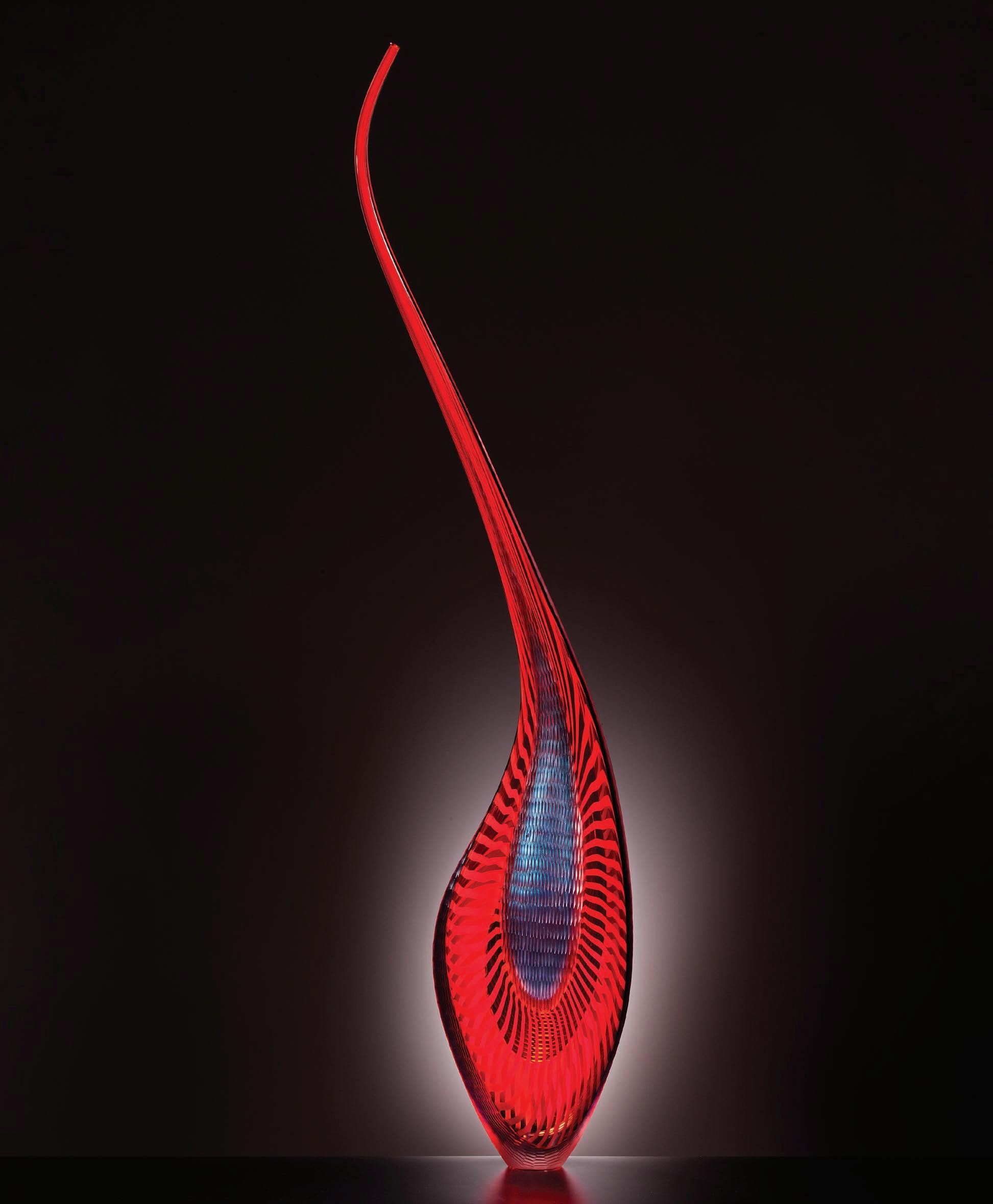
The Dinosaur represents the drama of glassblowing. Lino stretches and curves the neck of the vessel in the last moments of the glassblowing process - a feat that requires the precision and attention of the entire glassblowing team.
Dinosaur, 2005. Lino Tagliapietra. Blown Glass. 54 1/2” H x 12” W x 6” D. Photographs by Russell Johnson.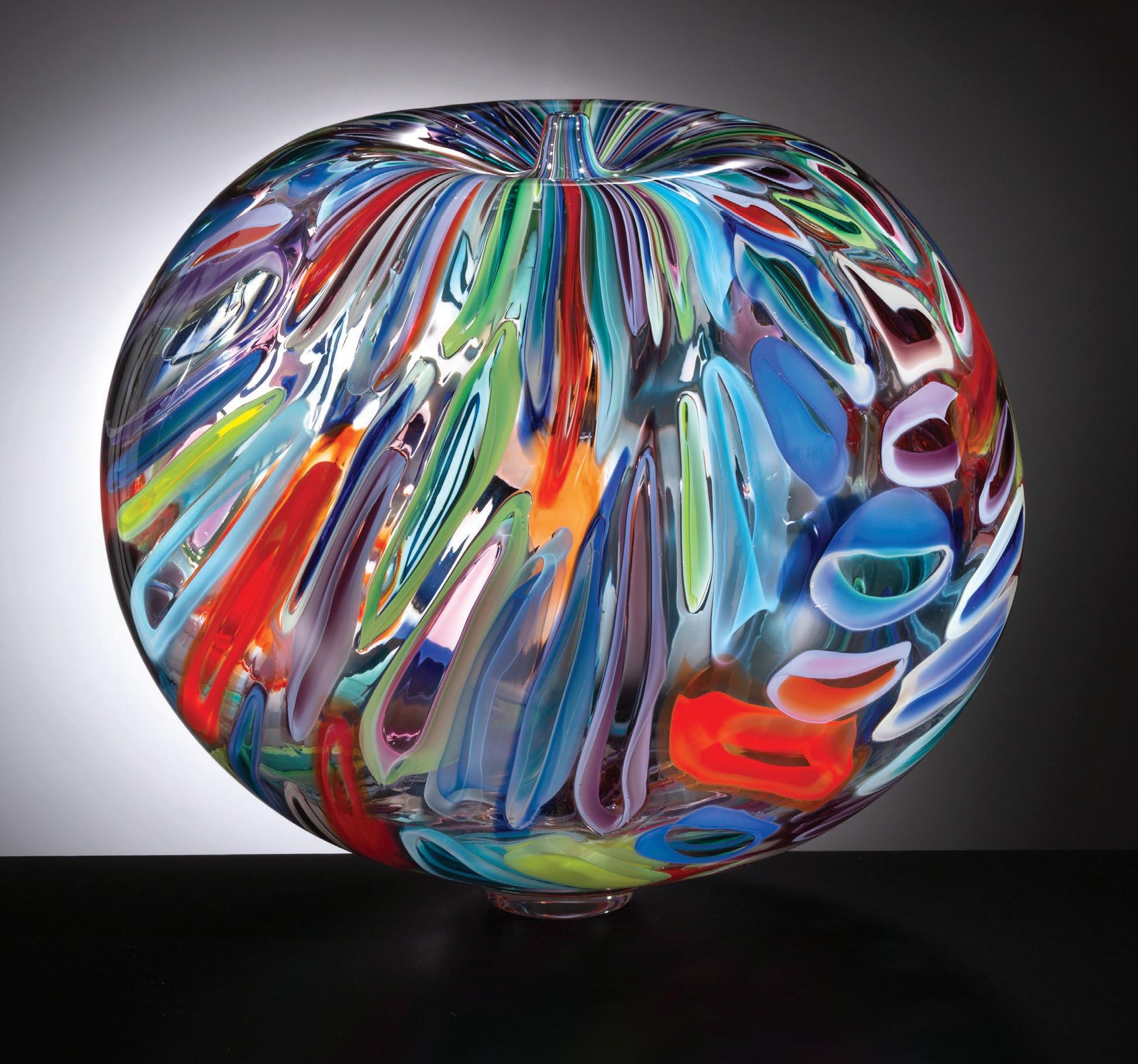
The Aquilone series, an innovation from early 2019, features oval shaped murrini that create “windows” of color throughout the glass. The Maestro took inspiration for these colorful murrini from his childhood memories of kite-flying on Murano, and even named the piece after the pastime: aquilone means kite in Italian.
 Aquilone, 2019. Lino Tagliapietra. Blown Glass. 14 1/4” H x 16” W x 15 3/4” D. Photographs by Russell Johnson.
Aquilone, 2019. Lino Tagliapietra. Blown Glass. 14 1/4” H x 16” W x 15 3/4” D. Photographs by Russell Johnson.
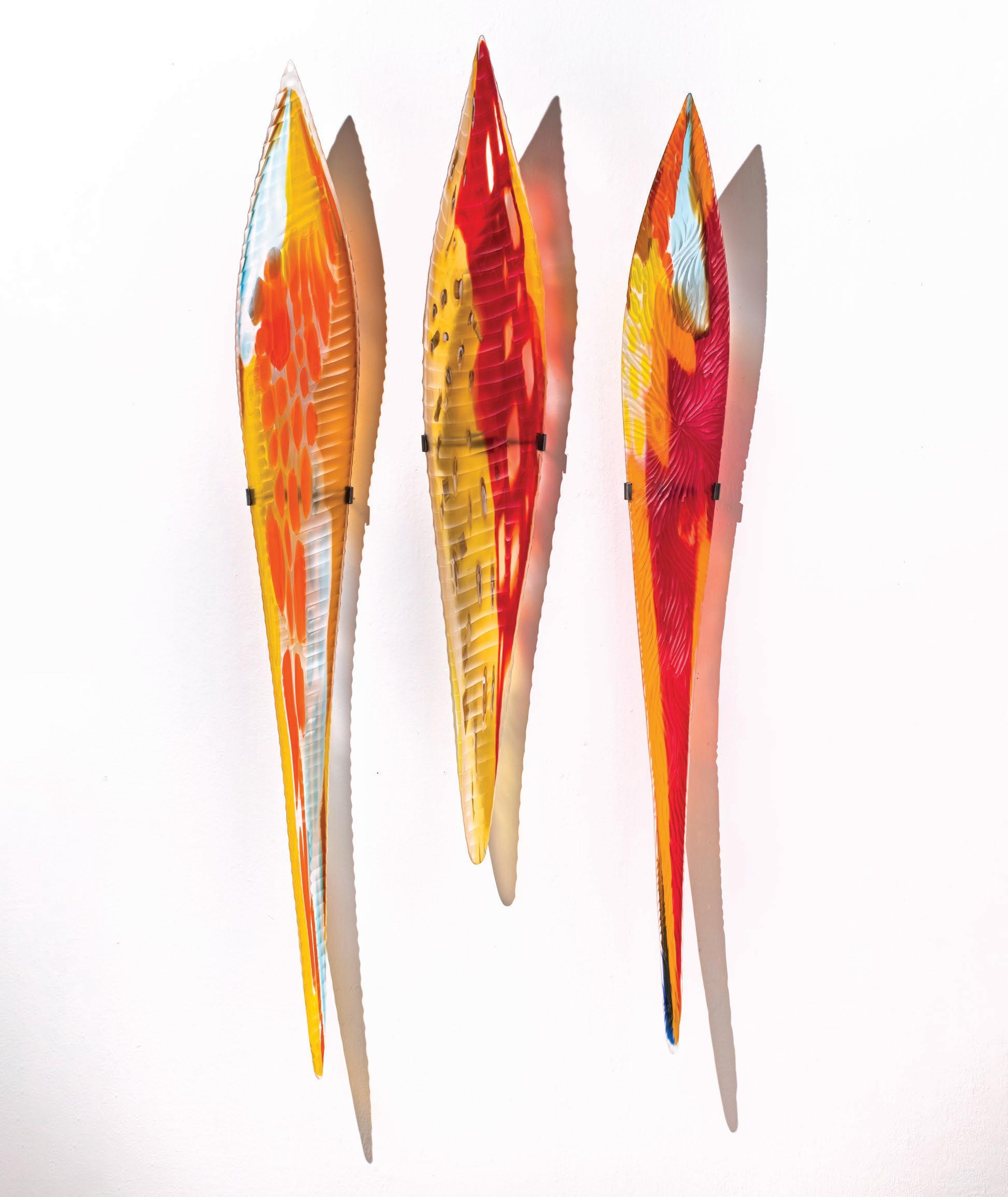
Masai, 2021. Lino Tagliapietra. Blown Glass. 66” H x 27” W. Photographs by Russell Johnson.
The Masai Series is another of Lino’s enduring inspirations. Named for the Masai Tribe of Kenya and Tanzania, Lino pays homage to the tribe’s long decorative spears in these wall installations. The transparency and absence of engraving of these particular works allow the Masai to cast incredibly colorful shadows.
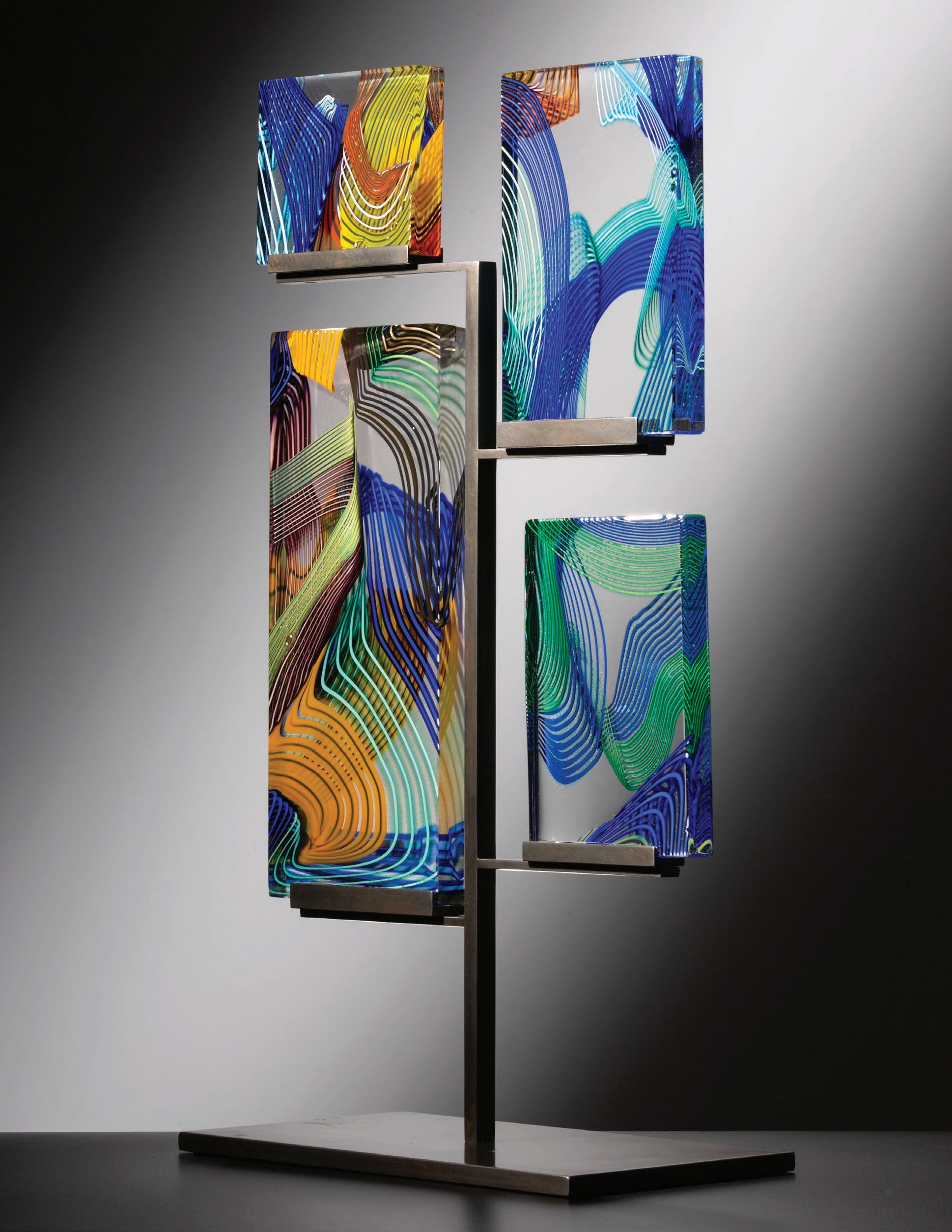 Cephalonia, 2018. Lino Tagliapietra. Blown Glass. 21” H x 11 1/2” W x 6”
D. Photographs by Russell Johnson.
Cephalonia, 2018. Lino Tagliapietra. Blown Glass. 21” H x 11 1/2” W x 6”
D. Photographs by Russell Johnson.
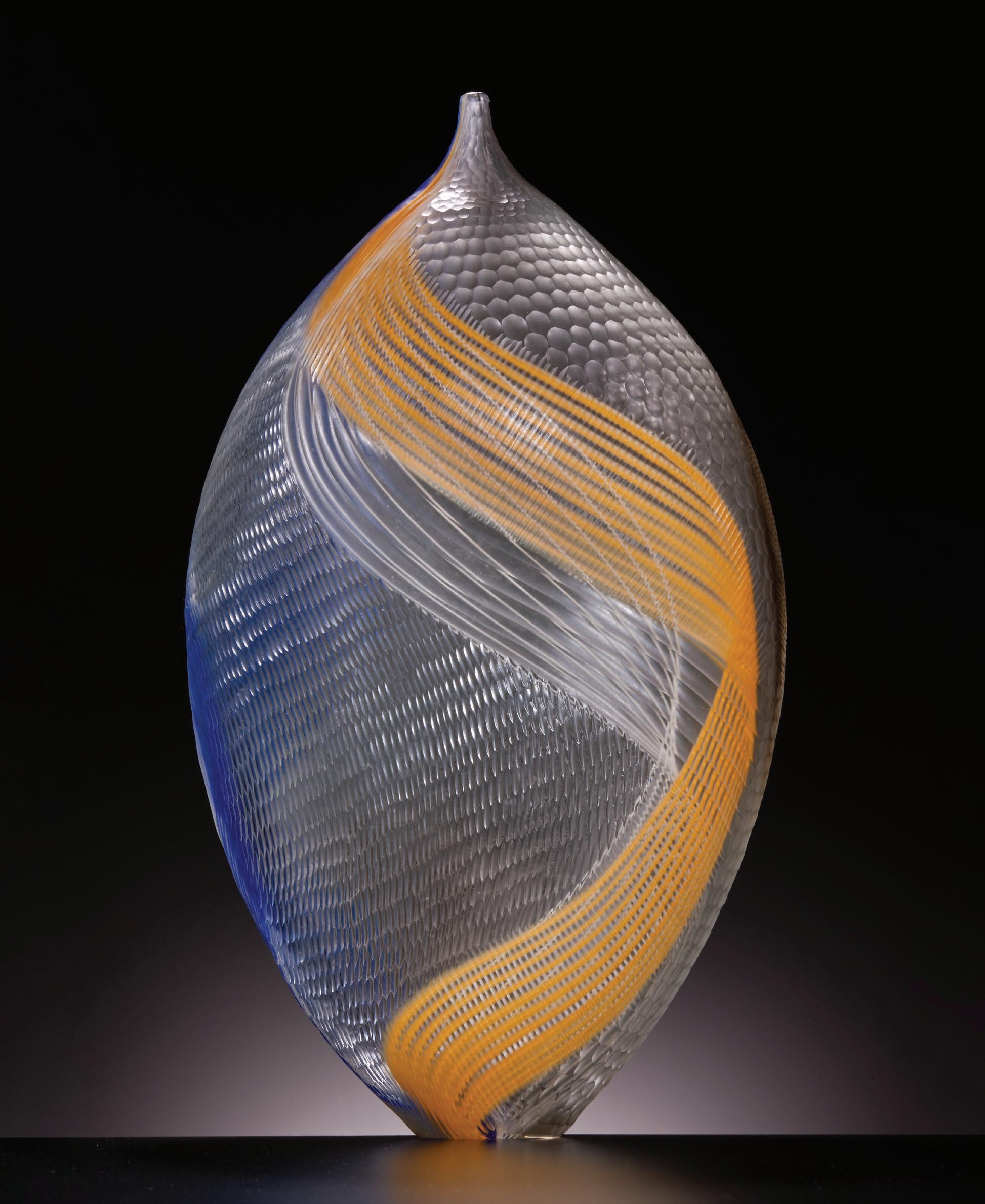
The Ostuni are multi-dimensional vessels with forms that twist and turn. Lino combines intricately intertwined canes, clear glass, and dramatic coldworking to create these captivating works.
Ostuni, 2007. Lino Tagliapietra. Blown Glass. 17 3/4” H x 10 1/4” W x 6 3/4” D. Photographs by Russell Johnson.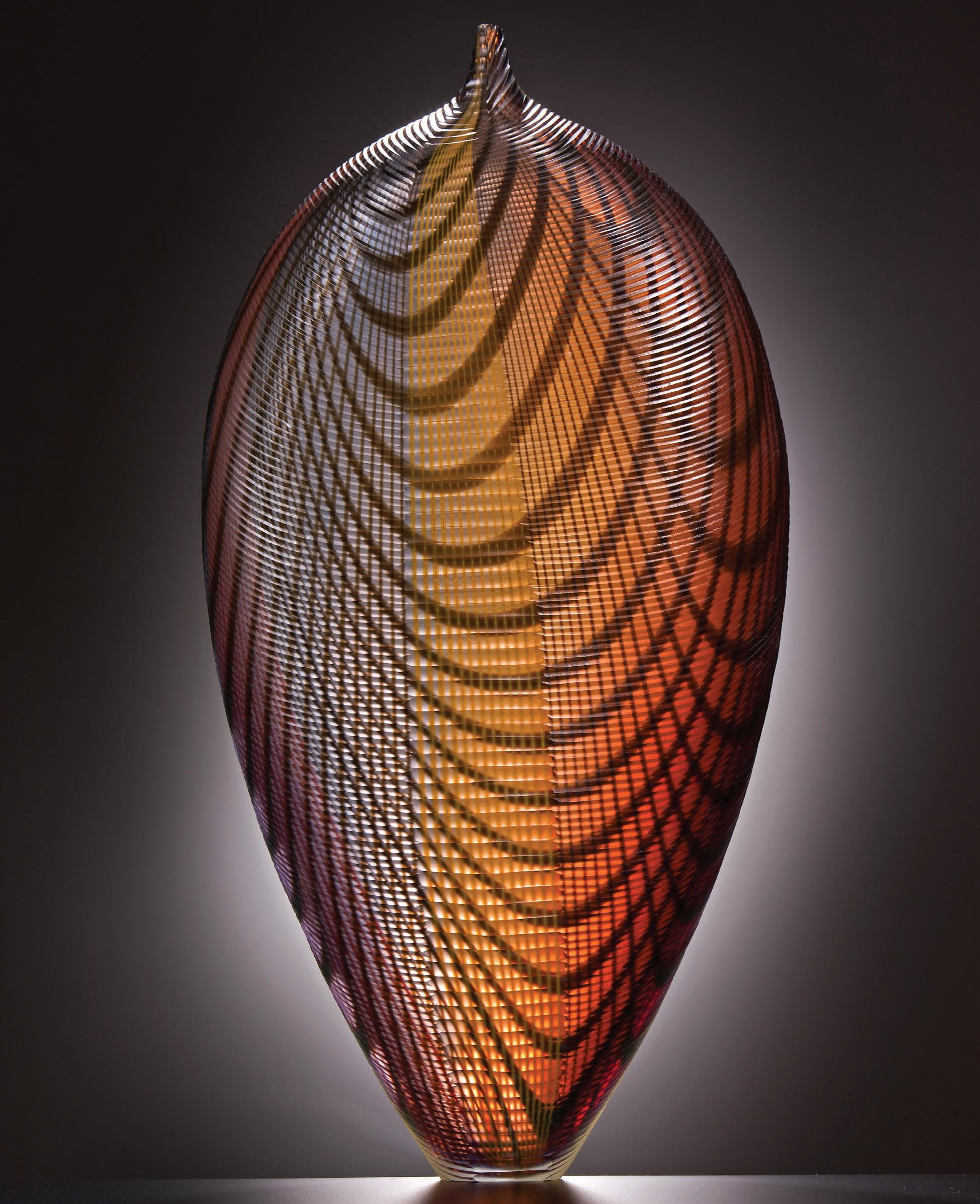
One of Lino’s favorite series, the Foemina have been in the Maestro’s repertoire since the 1990s. These elegant and delicate works often feature vertical canes that gently swirl across the glass’s surface.
Foemina, 2009. Lino Tagliapietra. Blown Glass. 33 1/4” H x 11 3/4” W x 8 1/4” D. Photographs by Russell Johnson.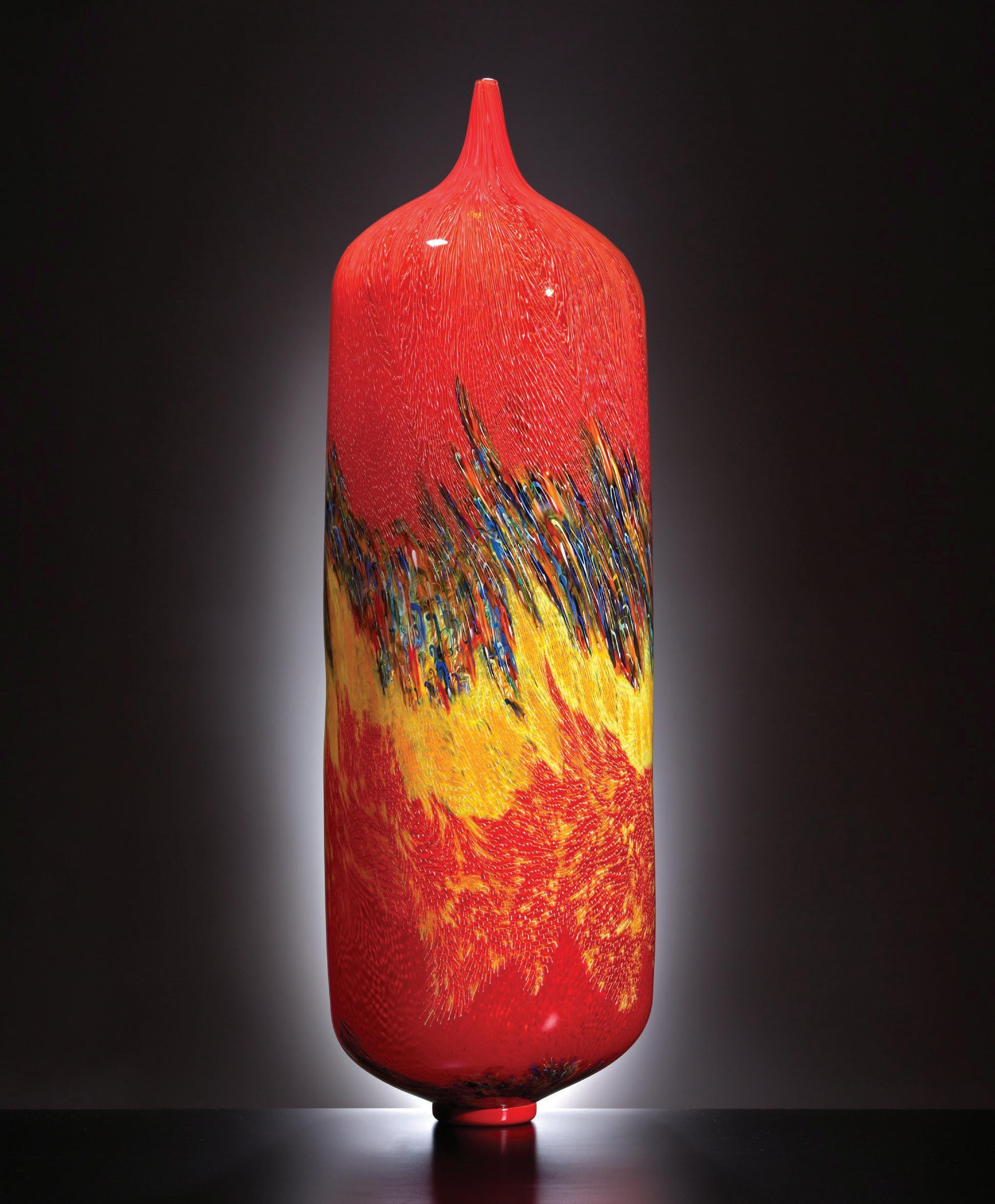
Inspired by his visit to Australia and the aboriginal paintings he saw there, Lino created the Kookaburra series. These vessels feature vibrant and intricate patterns, similar to the aboriginal style, and play with balance as the forms often perch atop a small base.
Kookaburra, 2013. Lino Tagliapietra. Blown Glass. 36 1/2” H x 11 3/4” W x 11 3/4” D. Photographs by Russell Johnson.SHOWROOM SUMMER HOURS:
